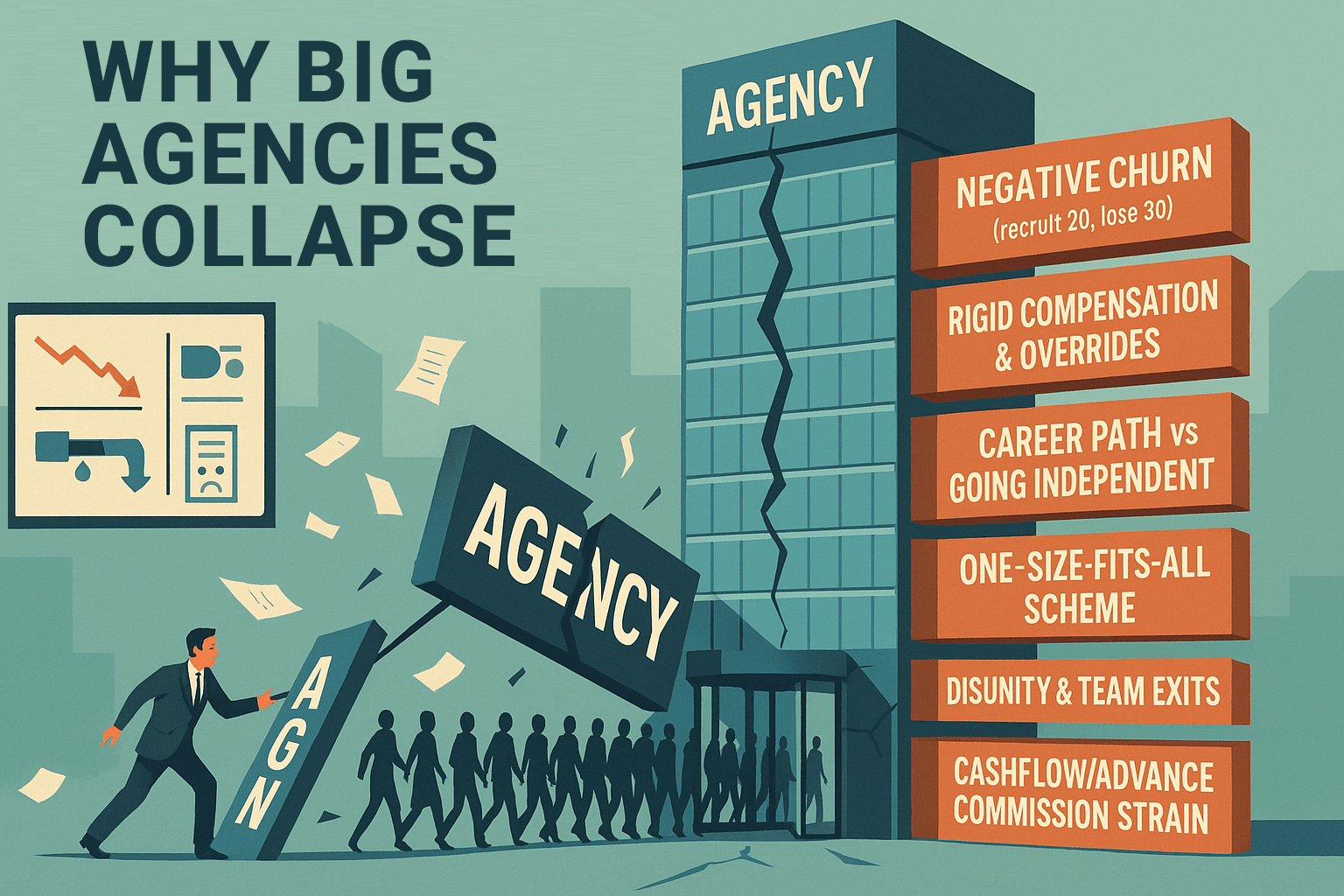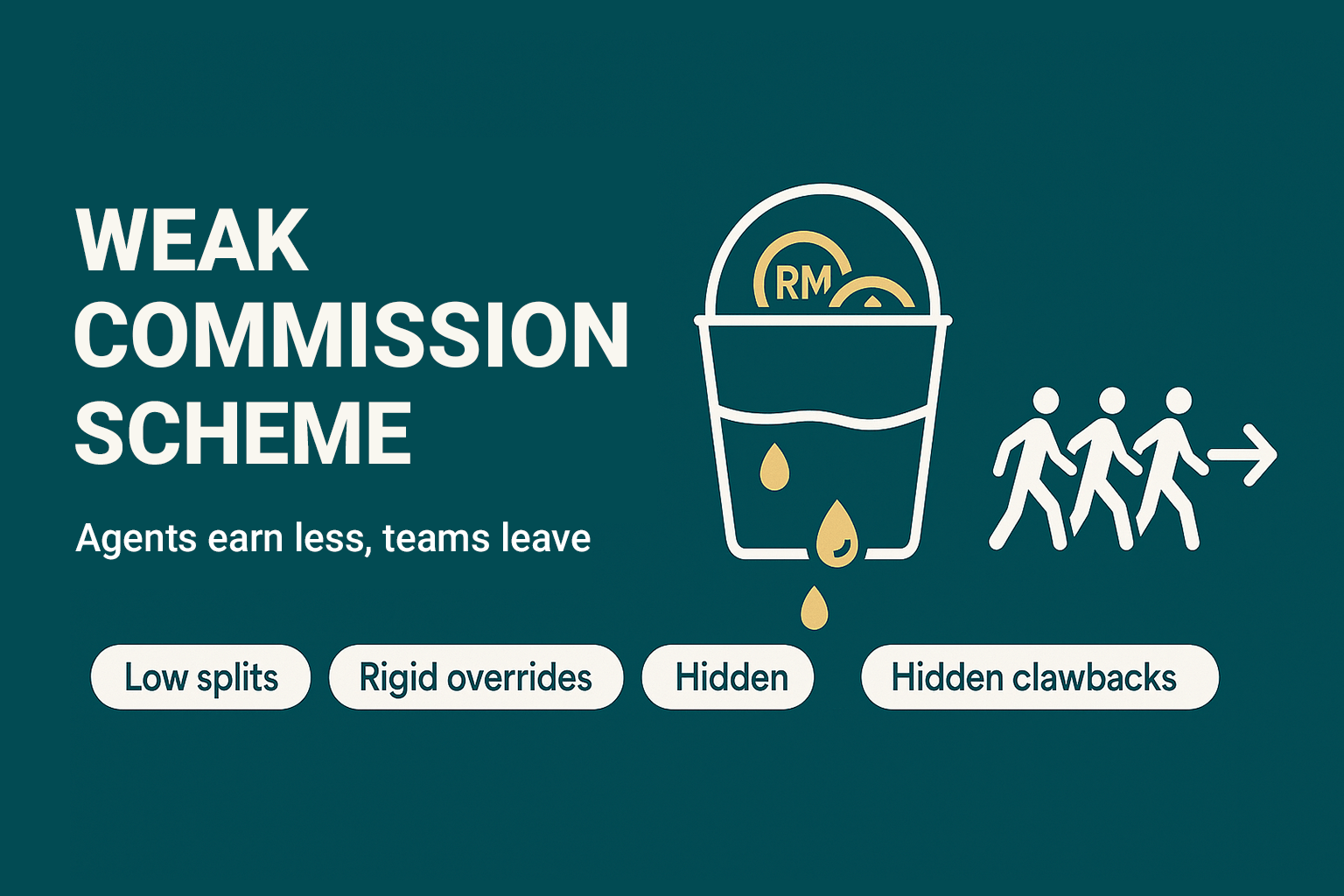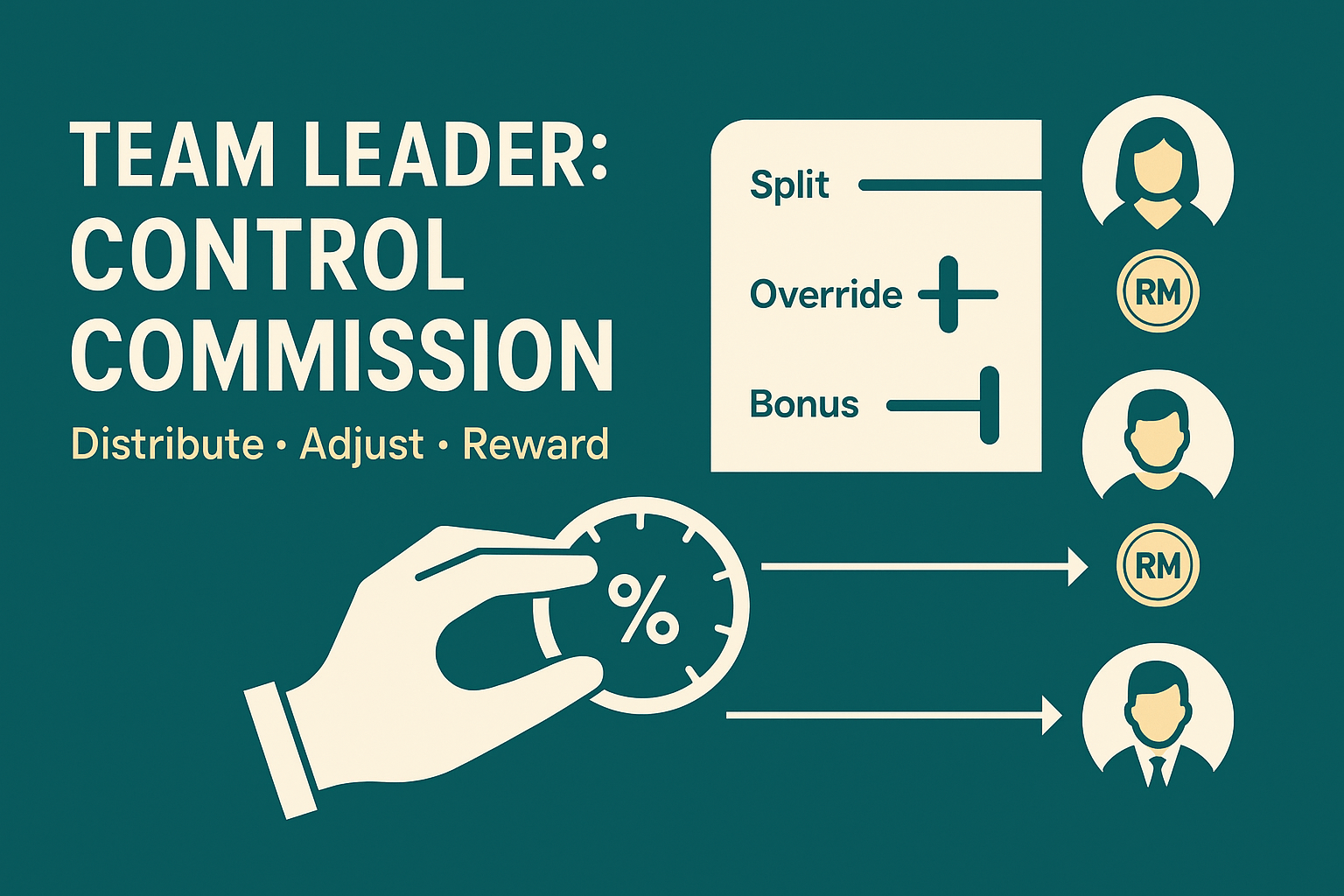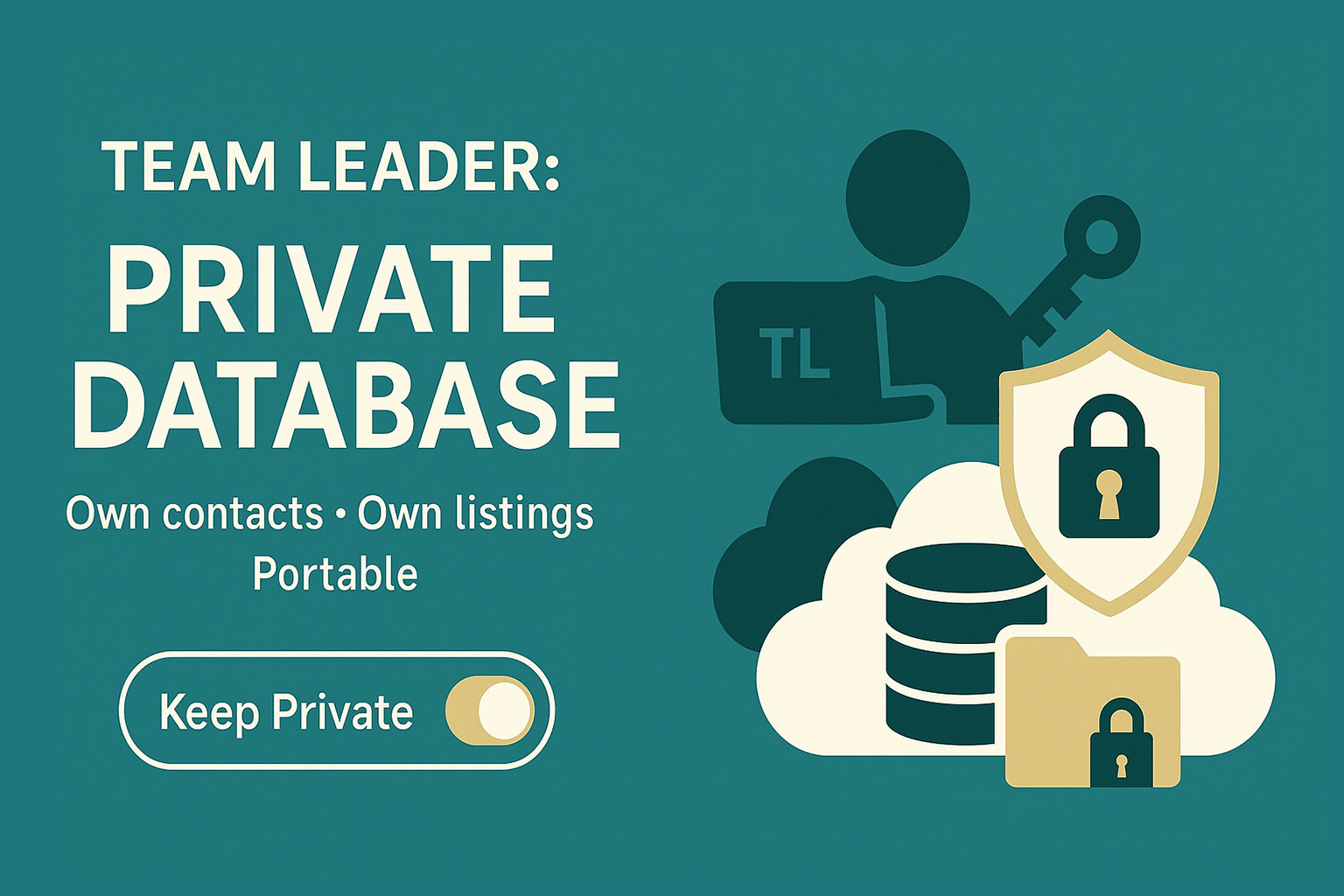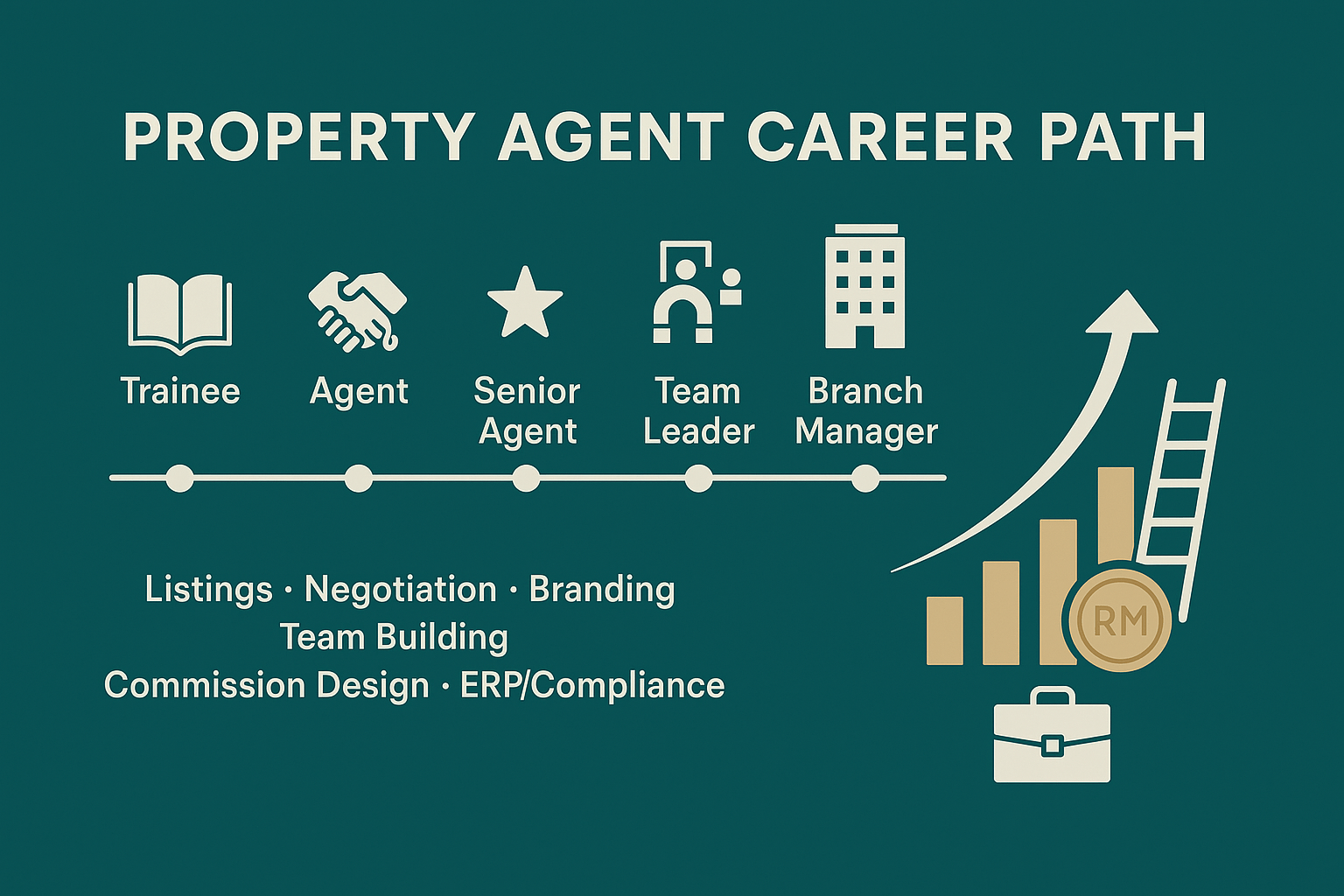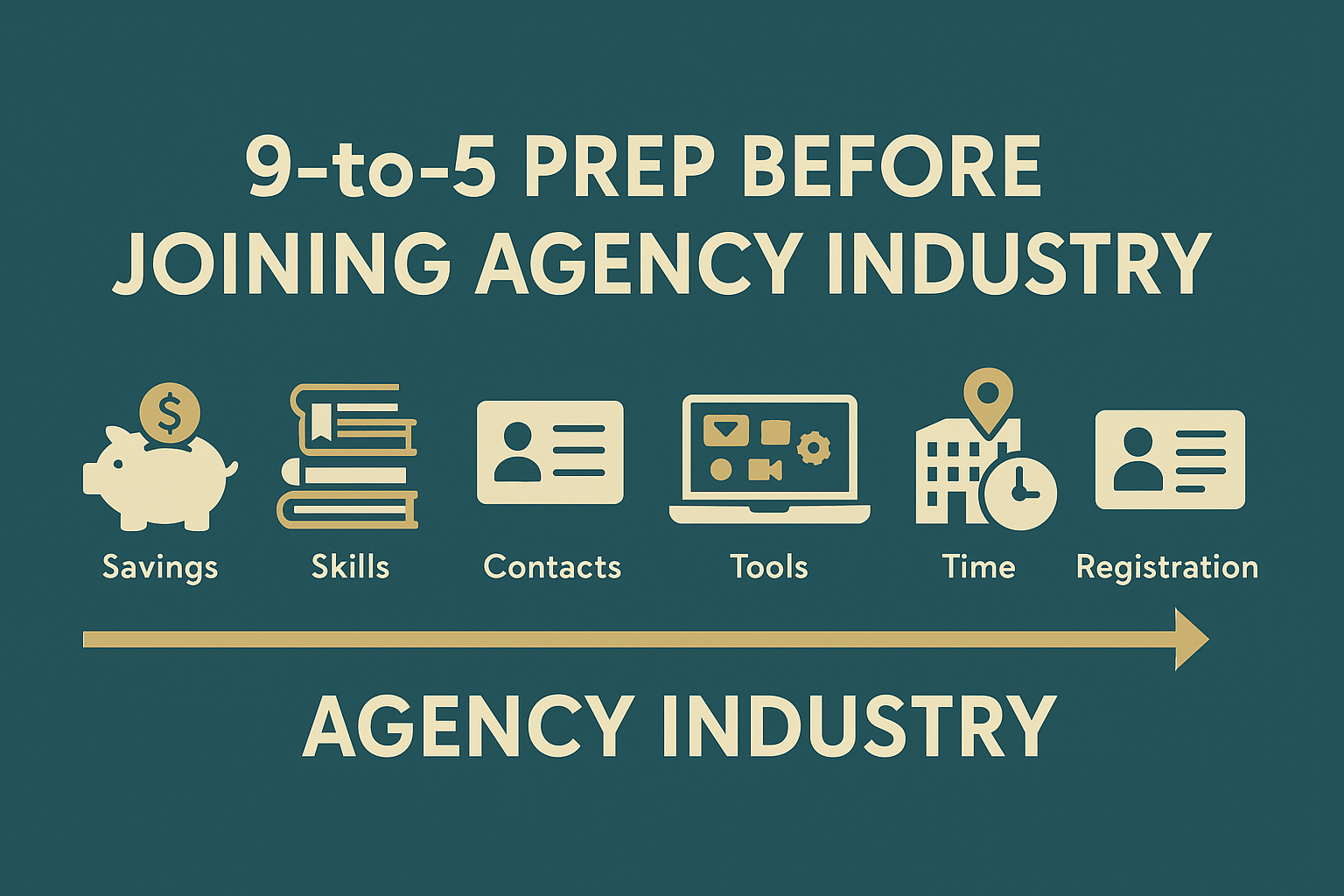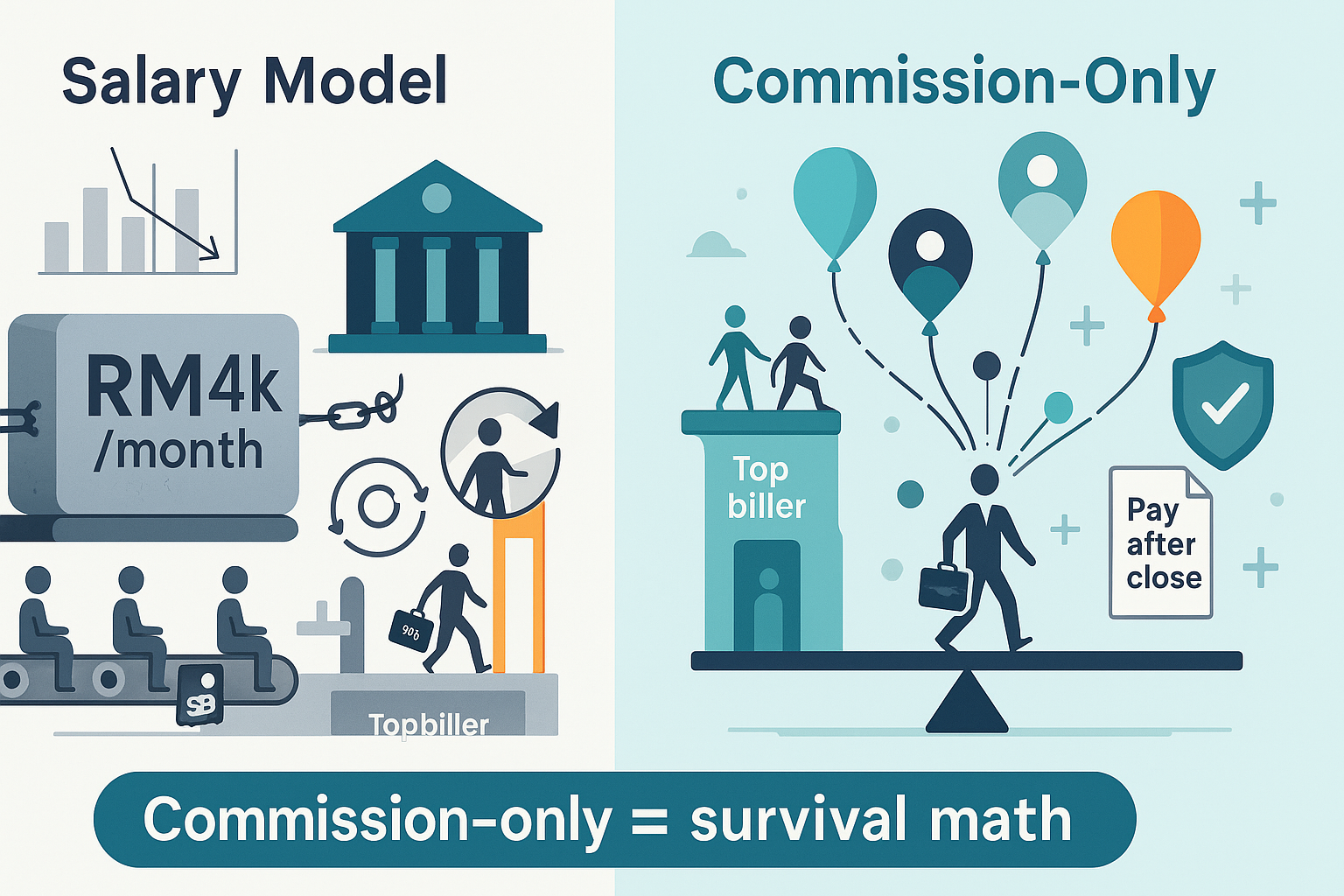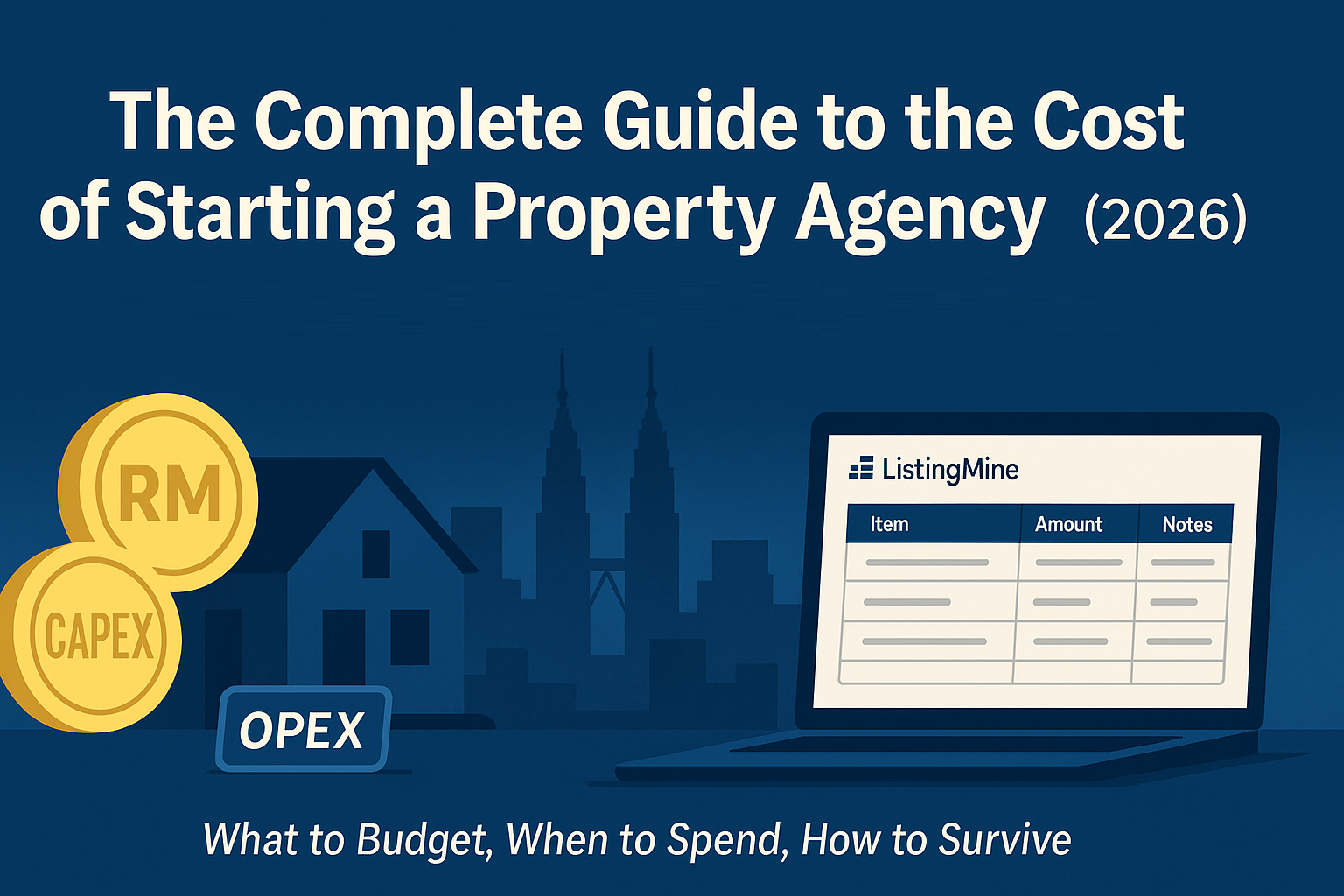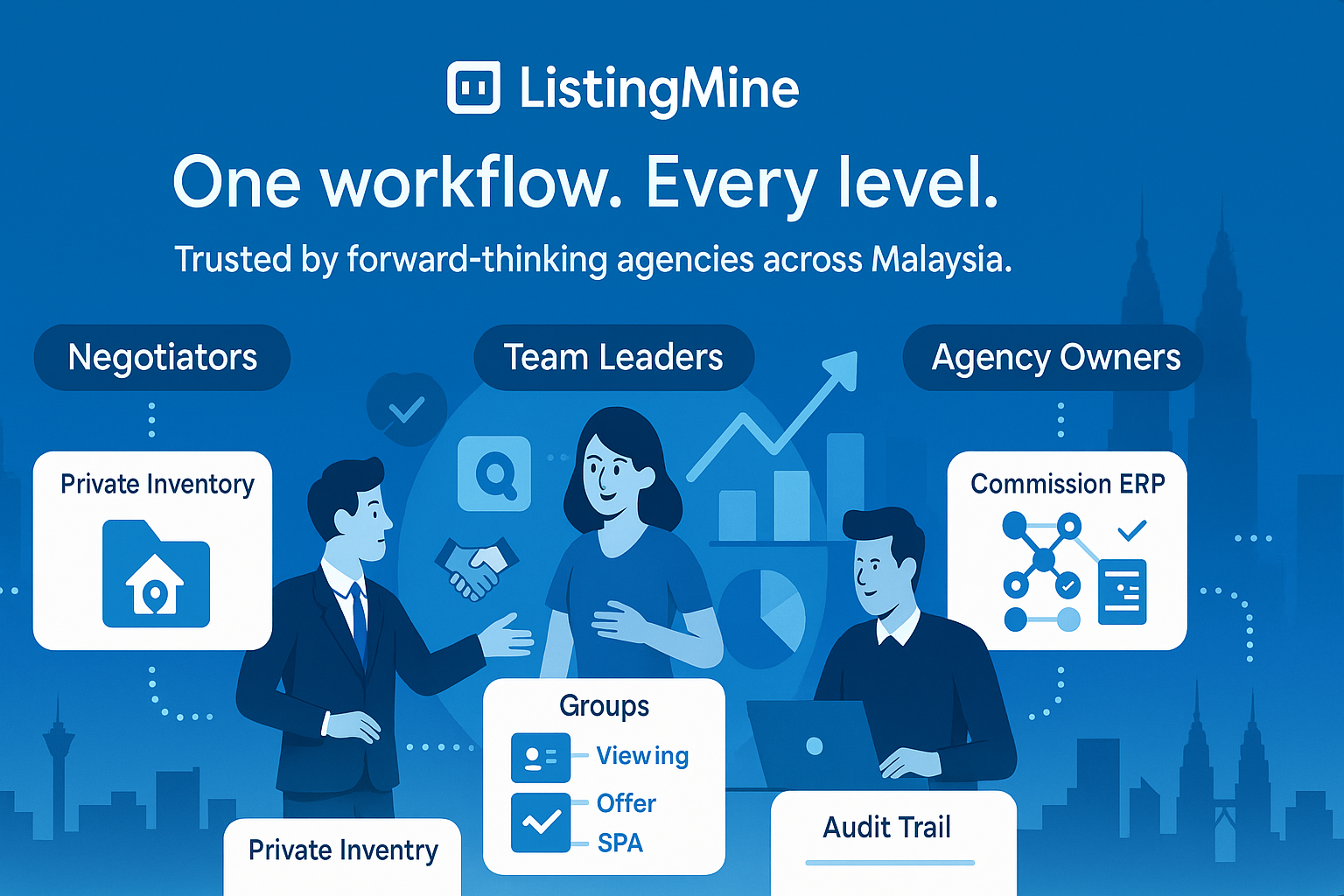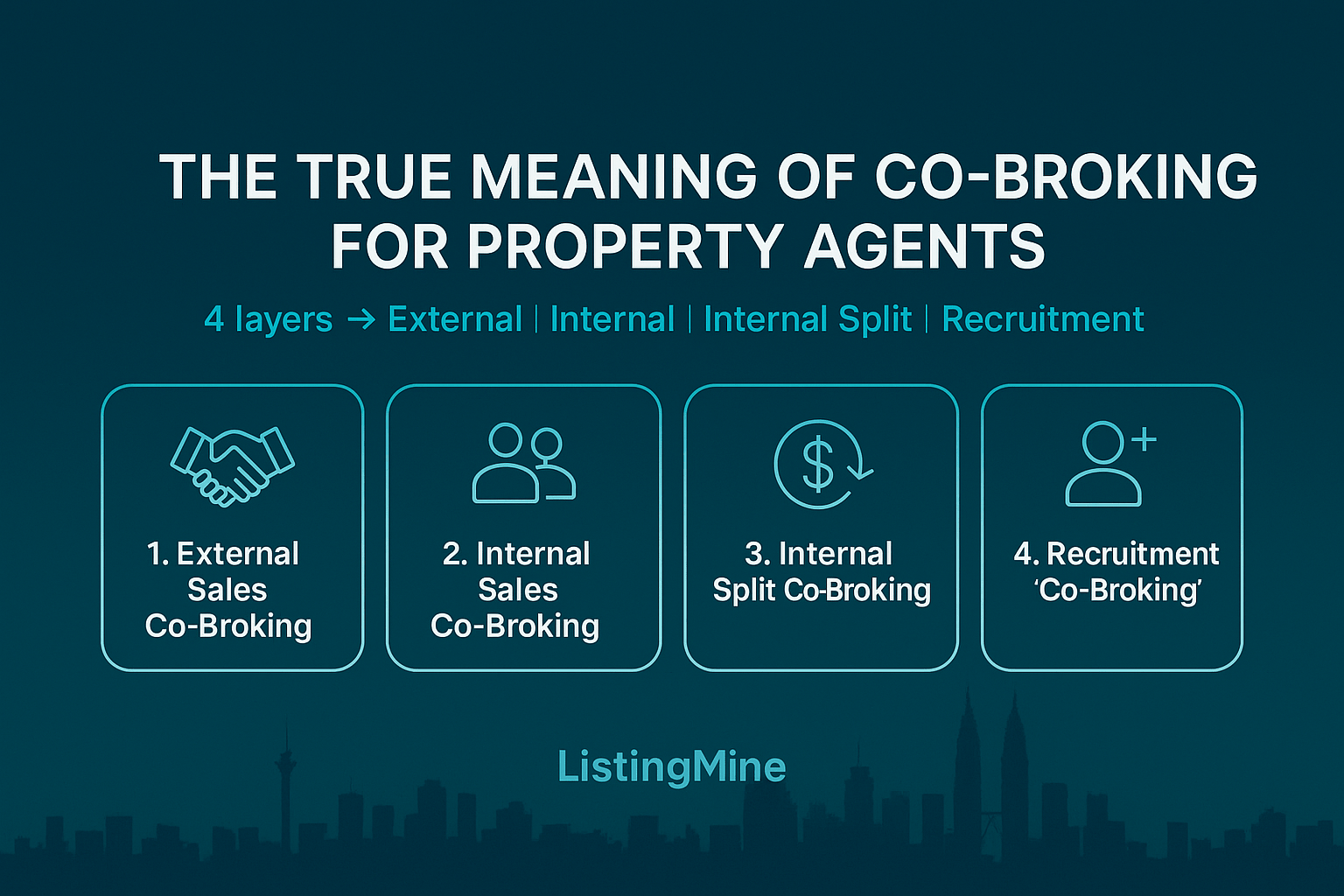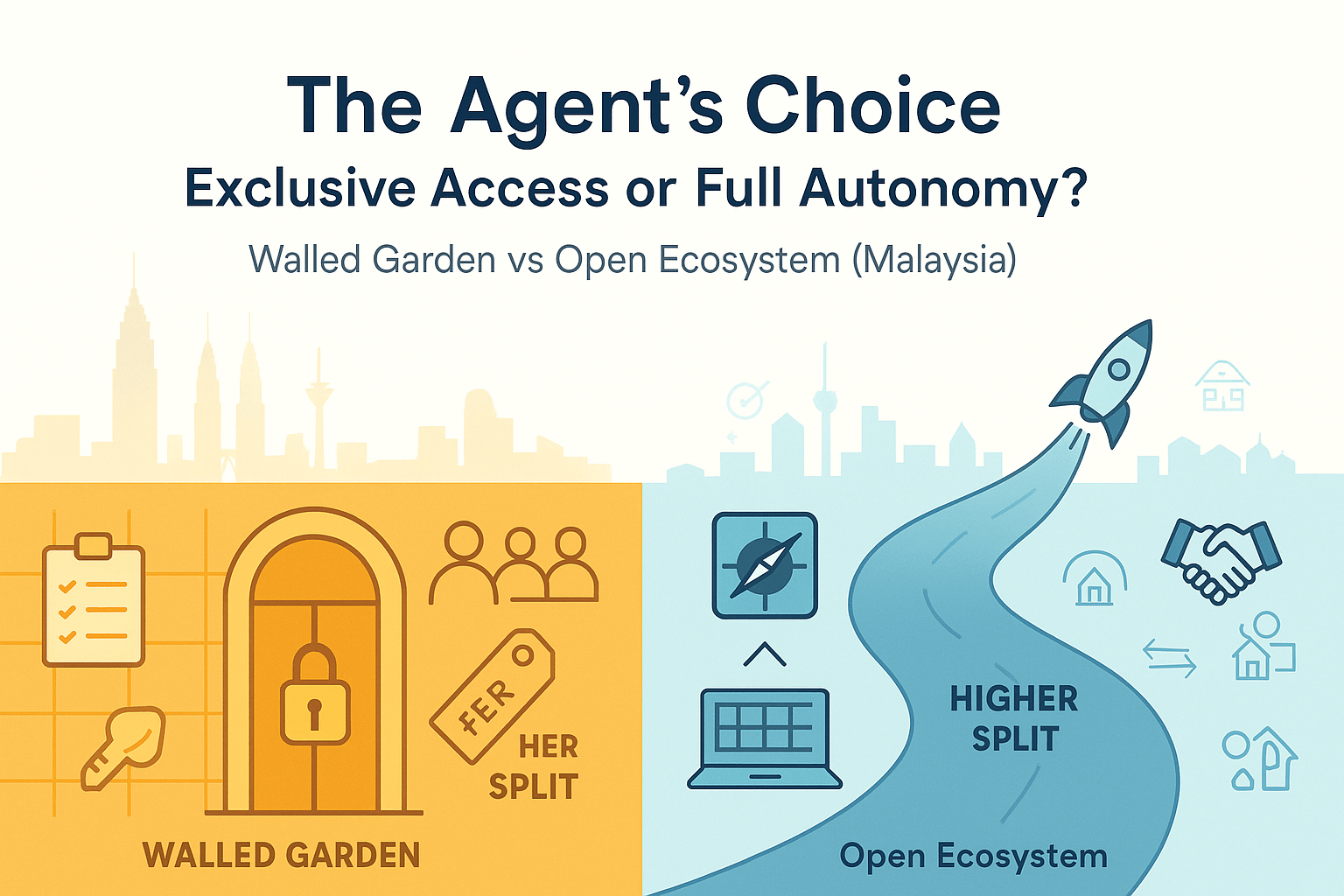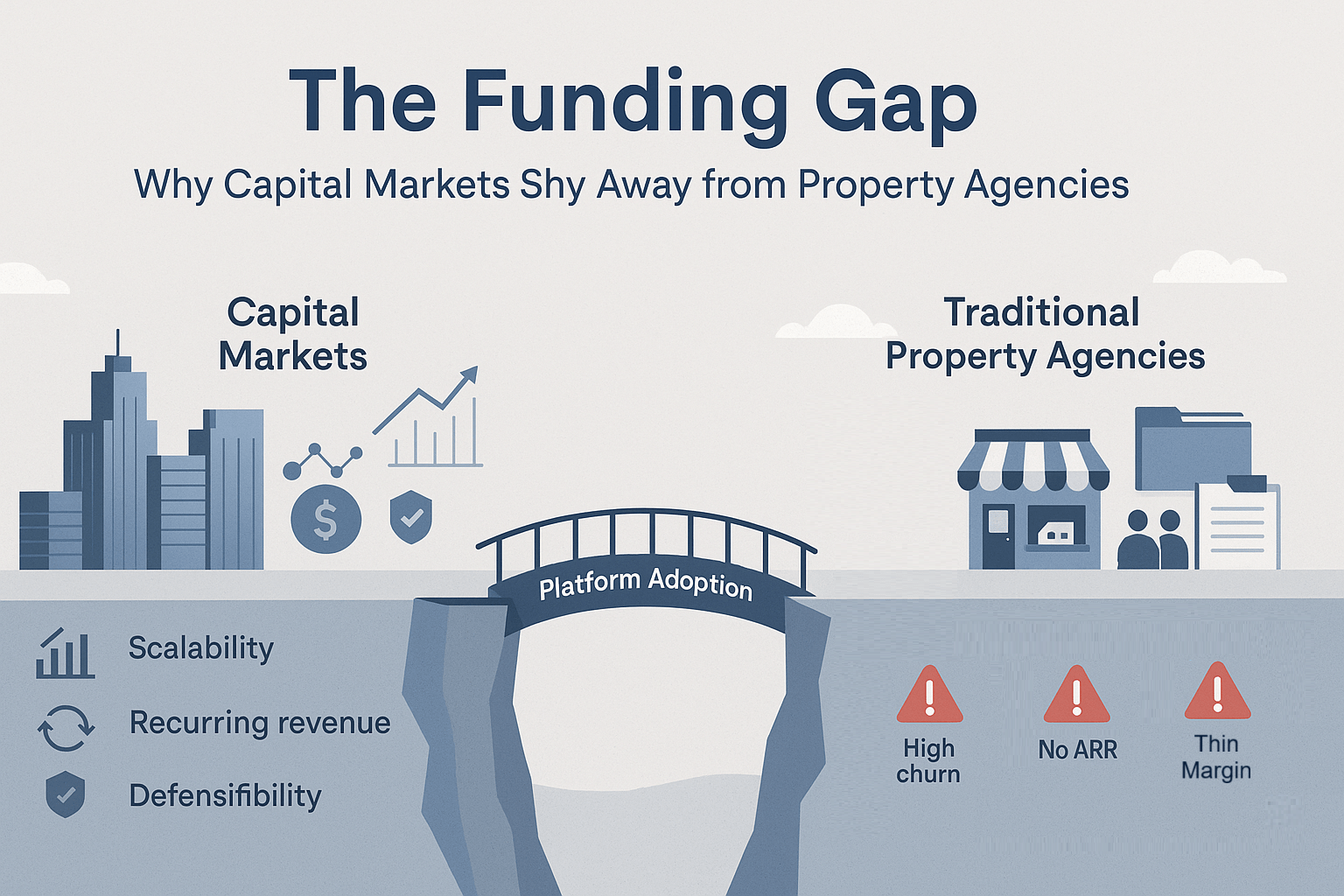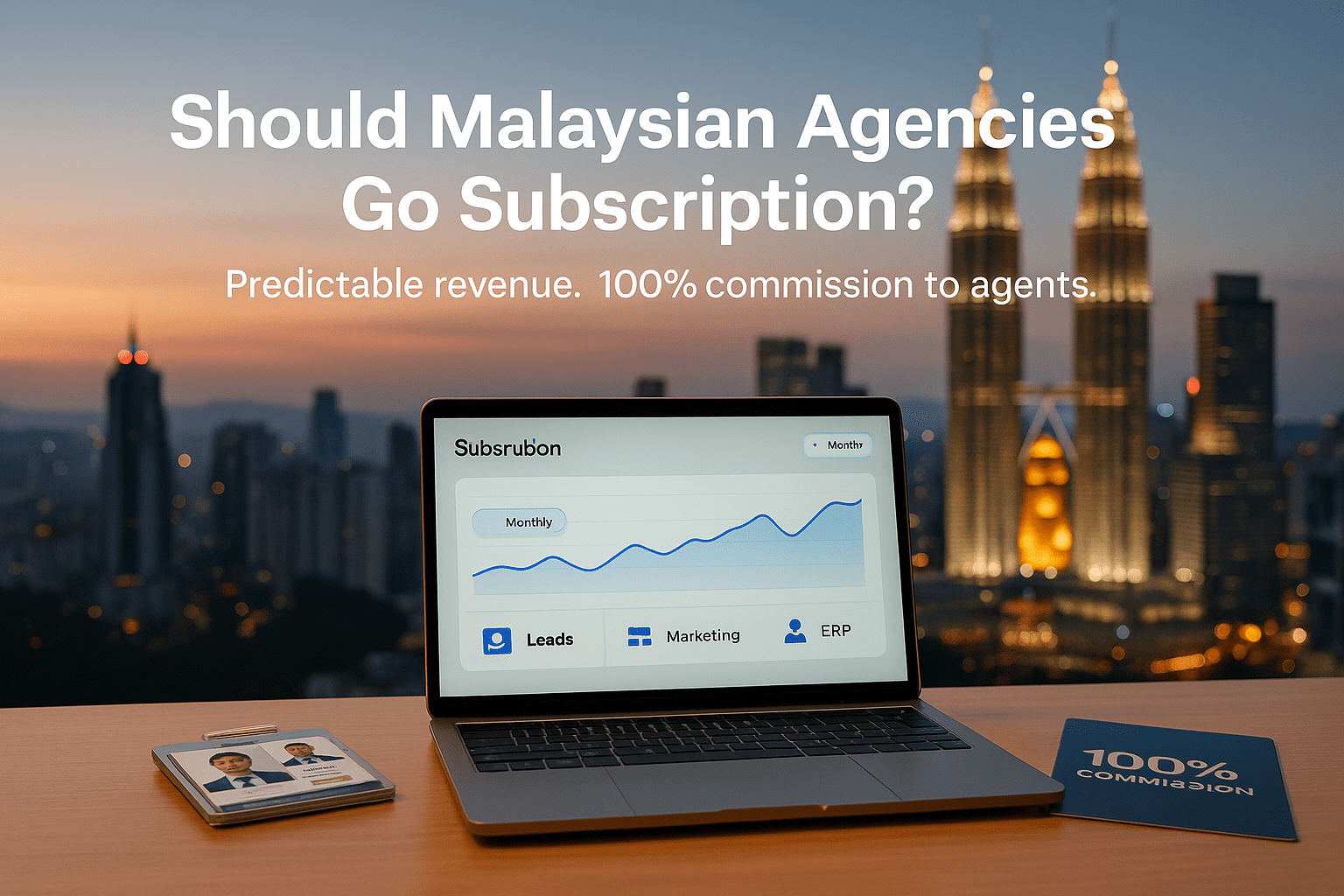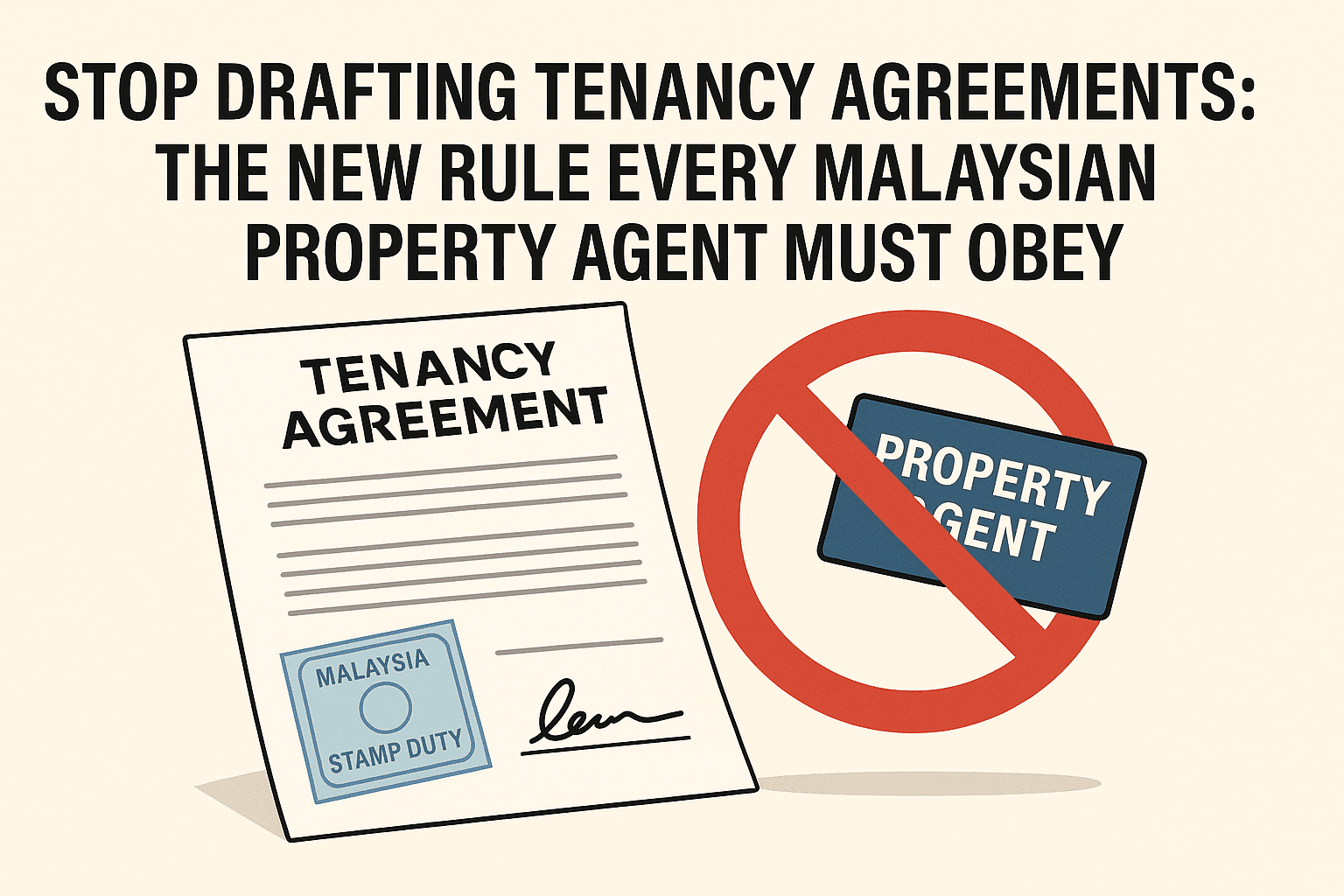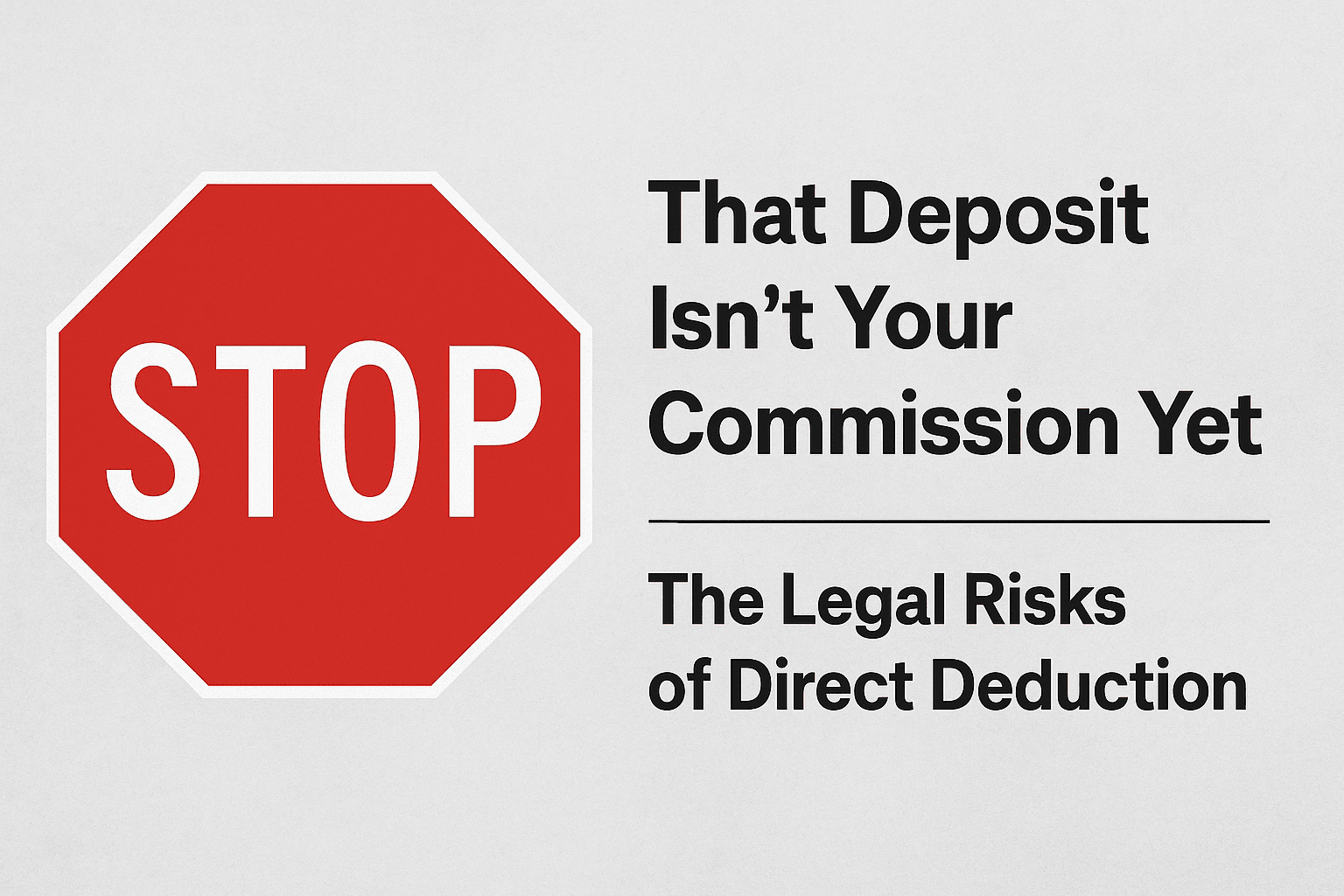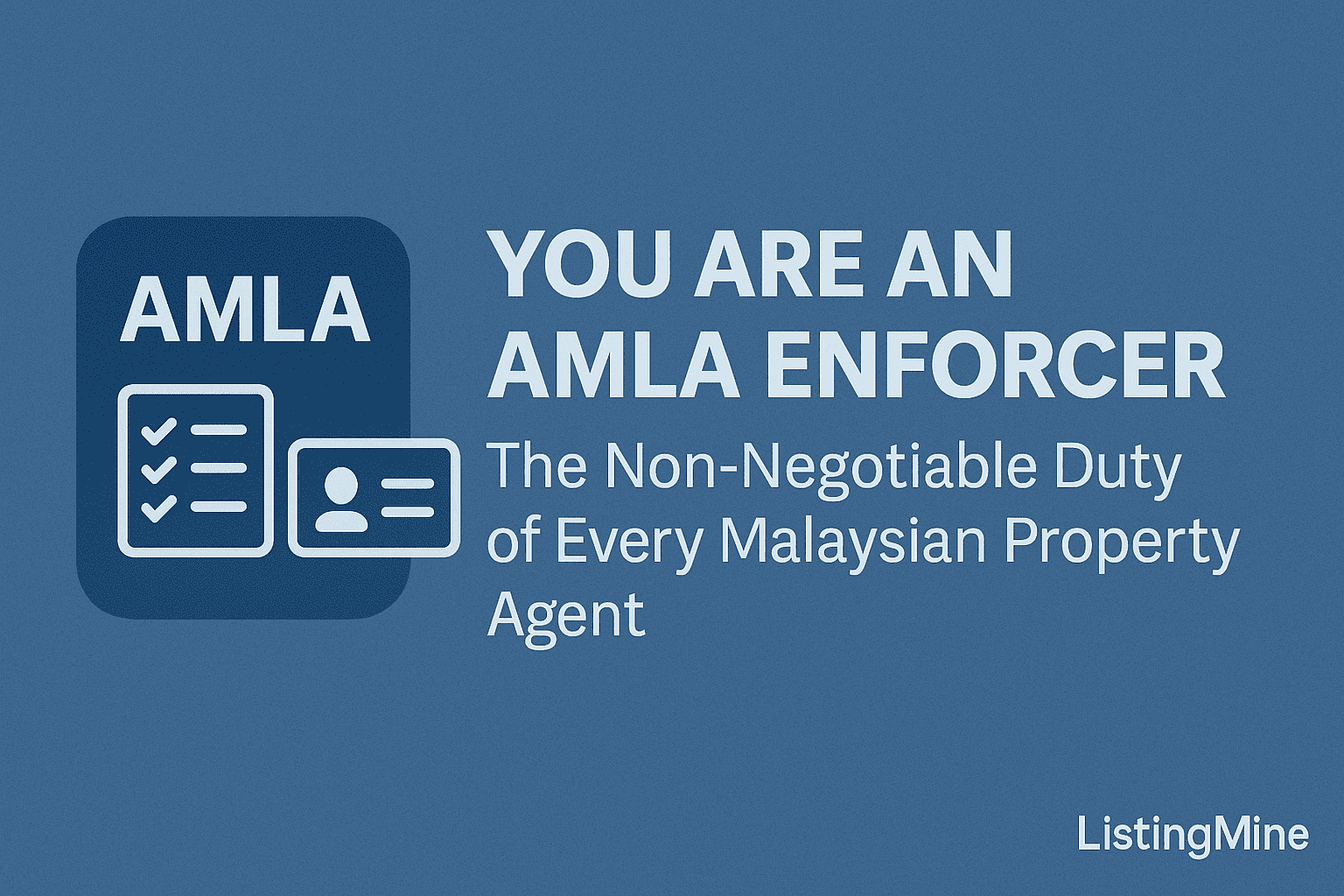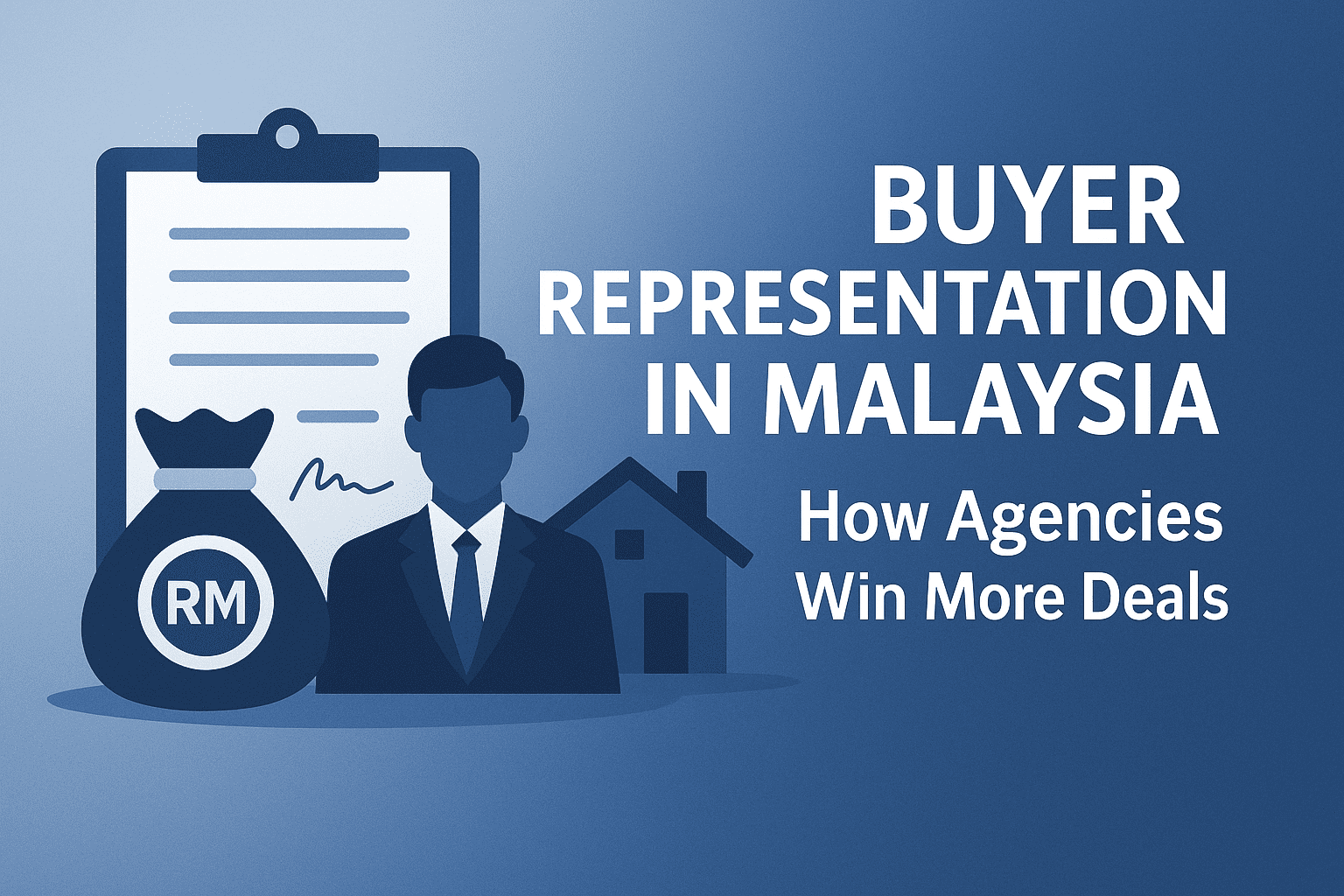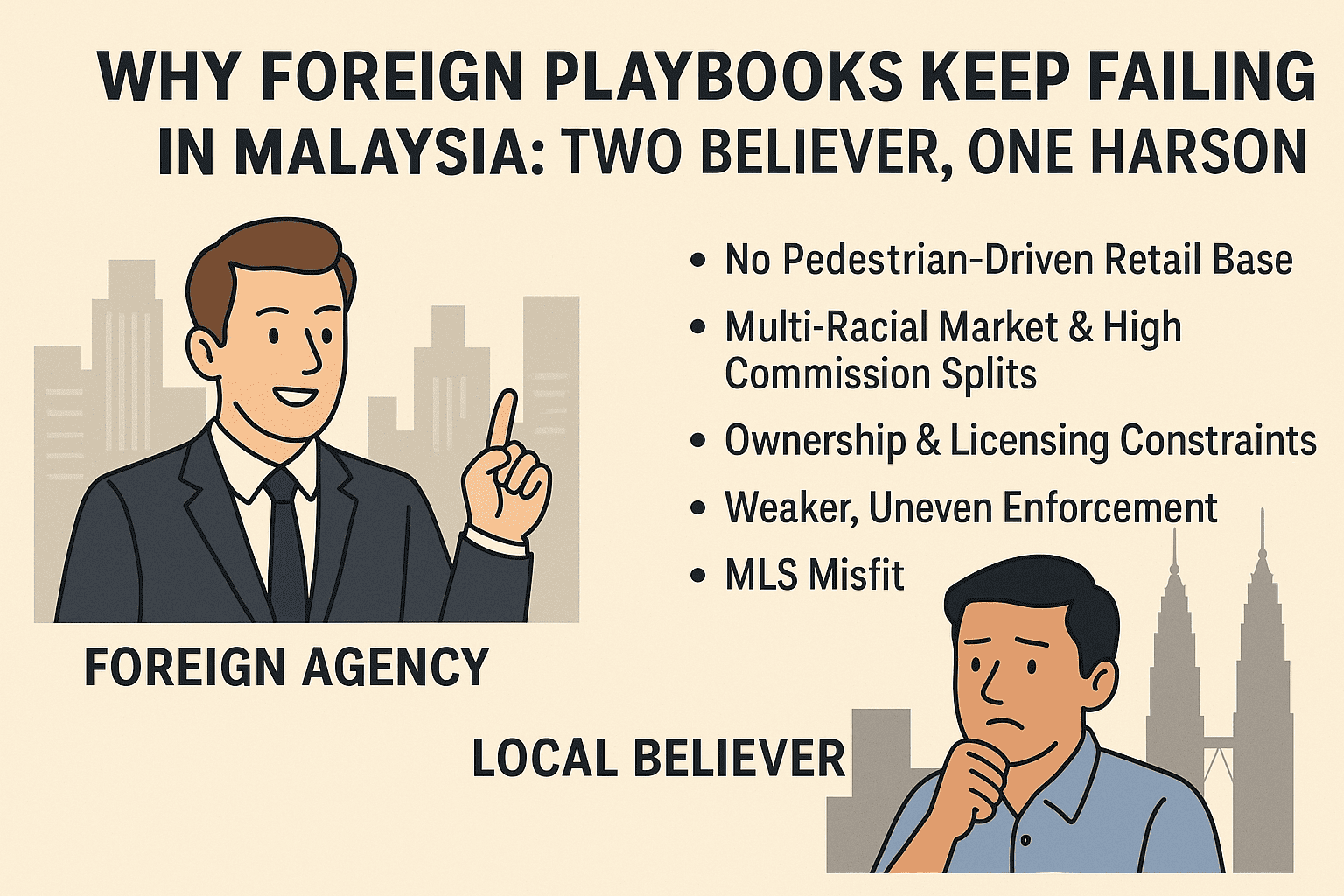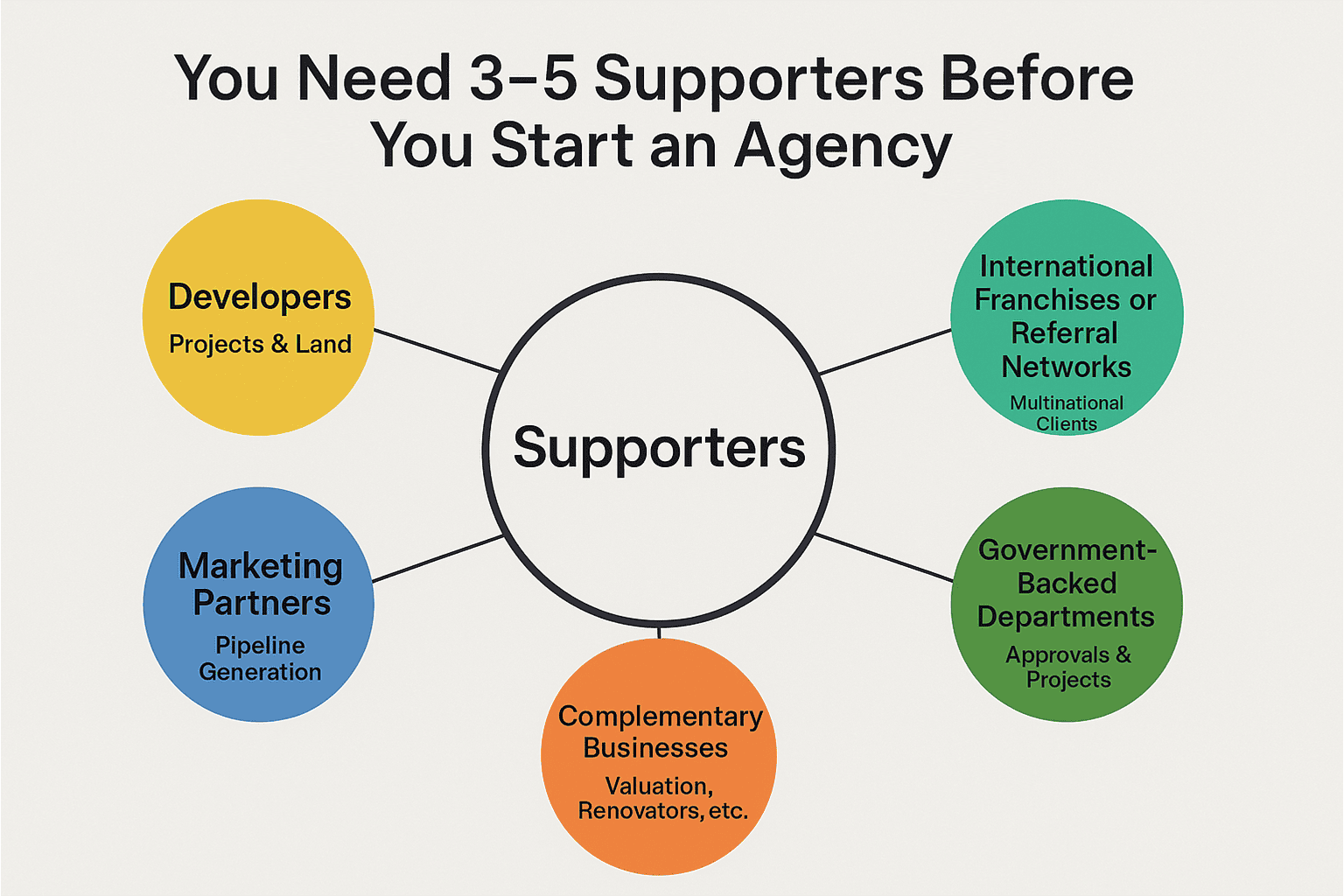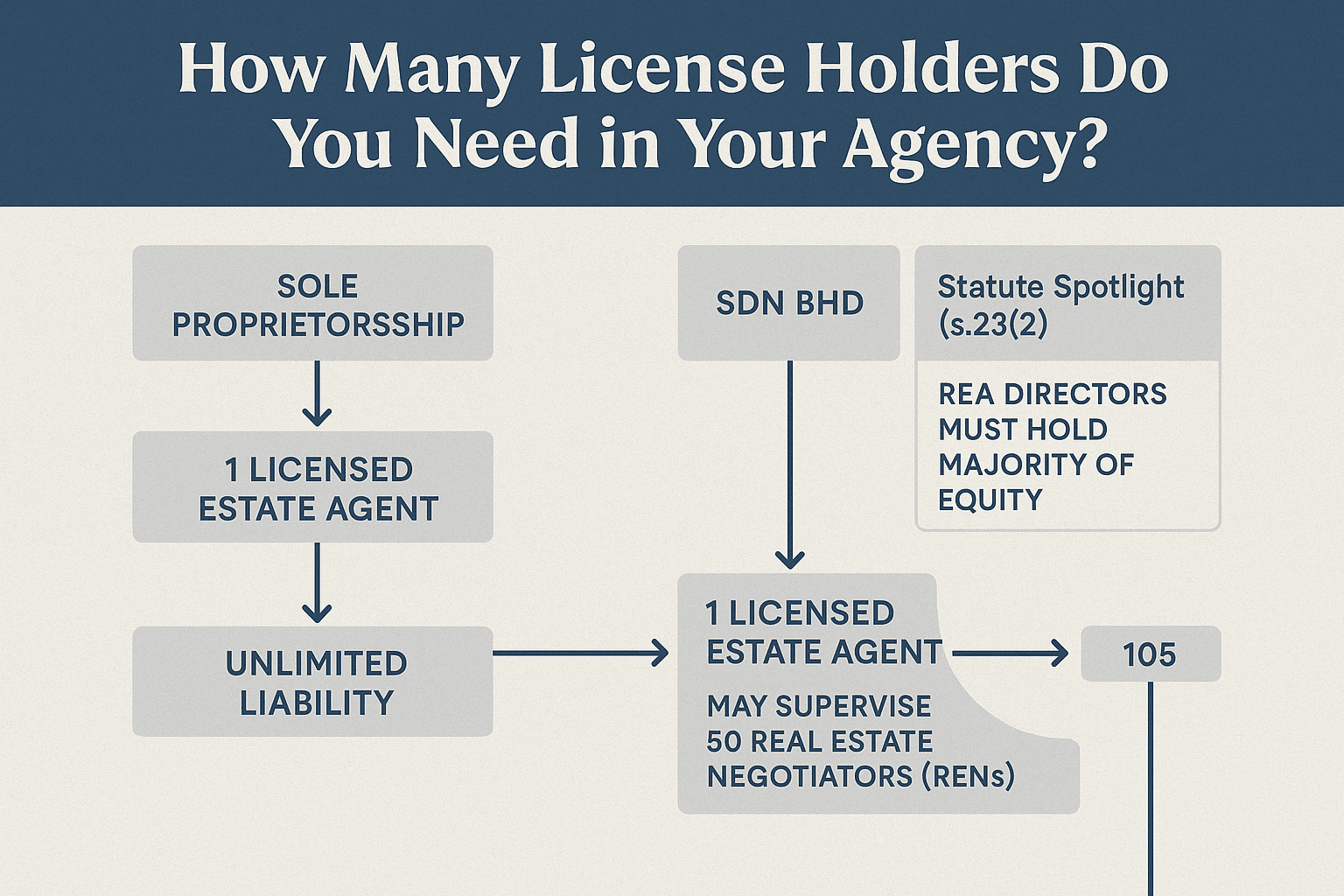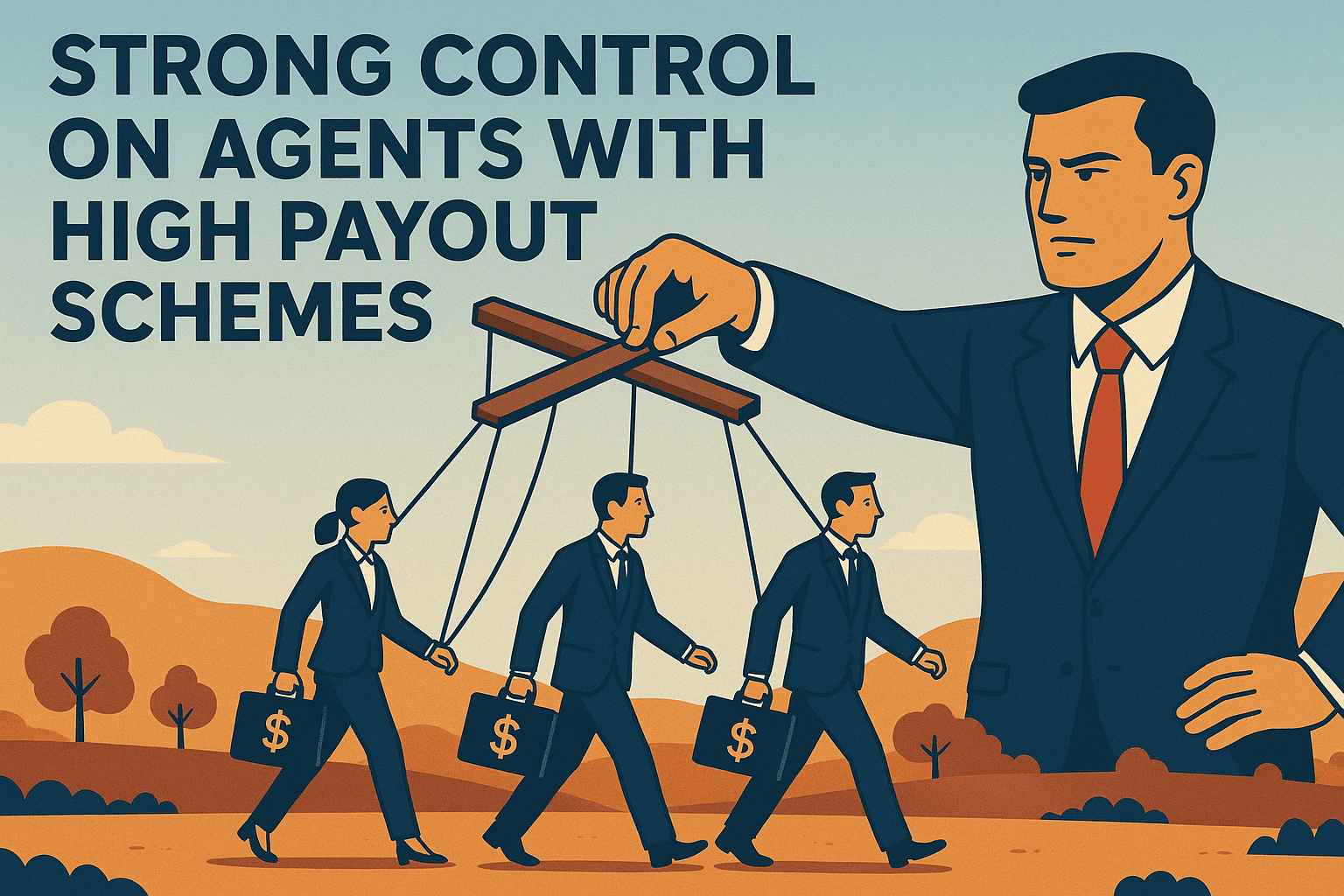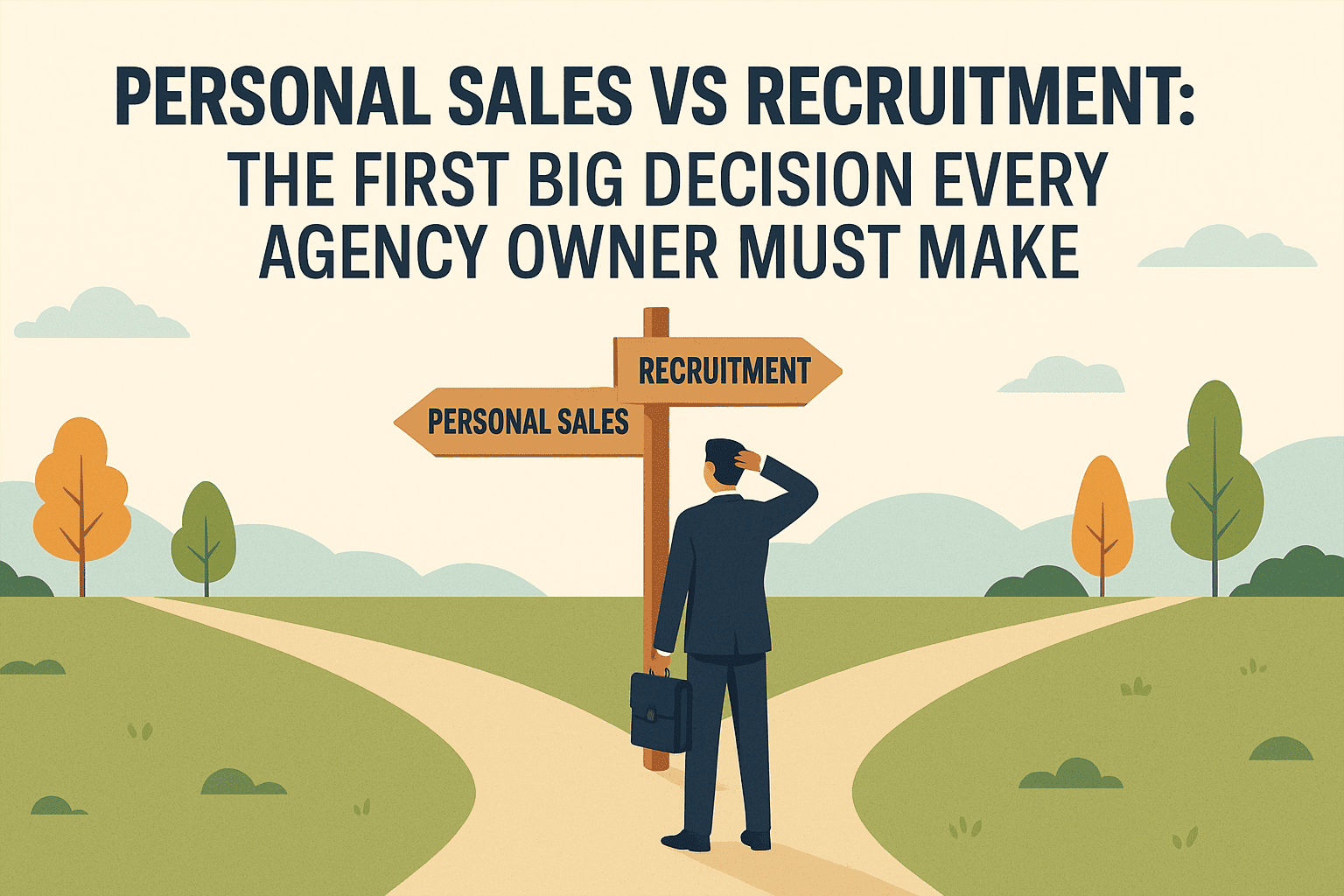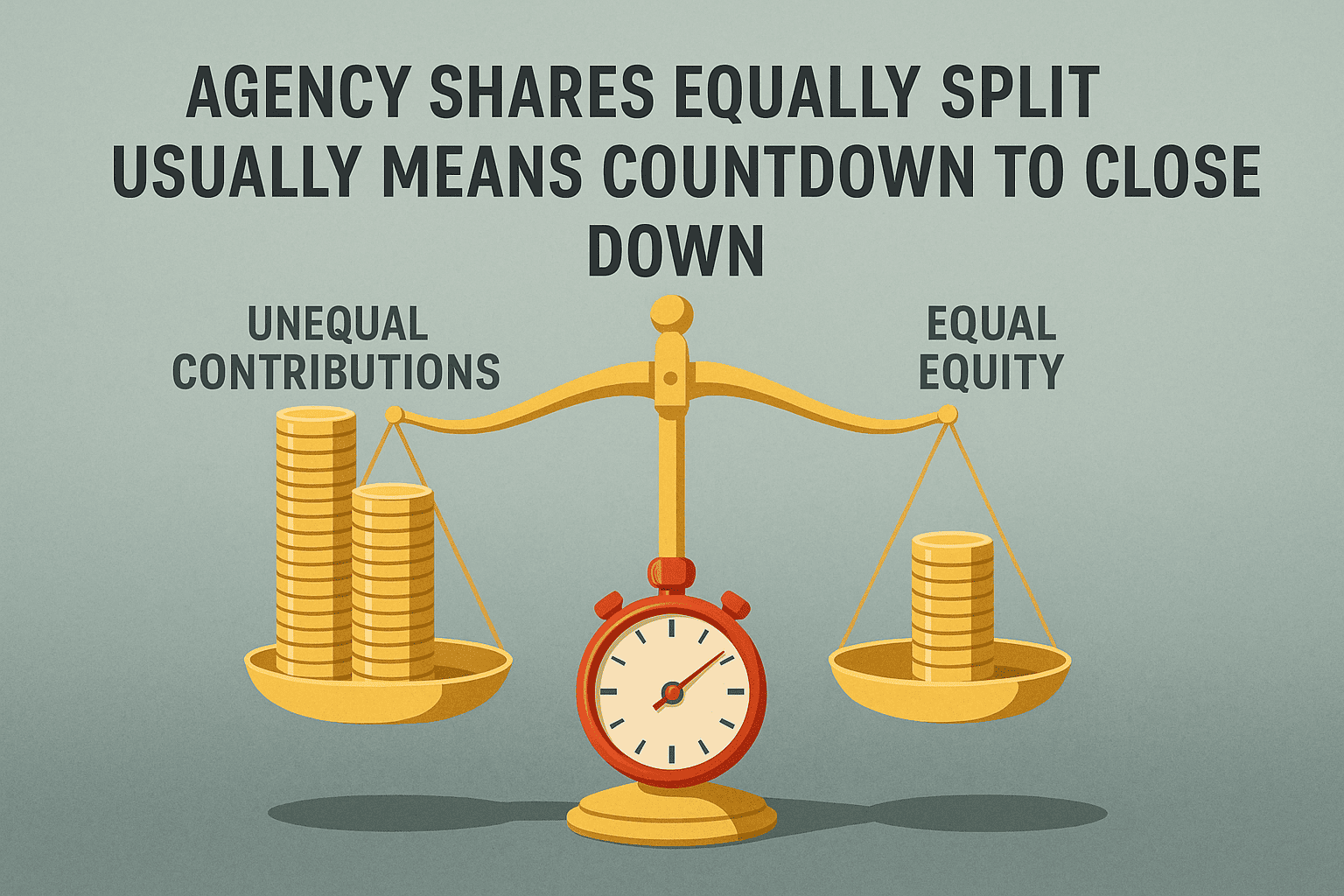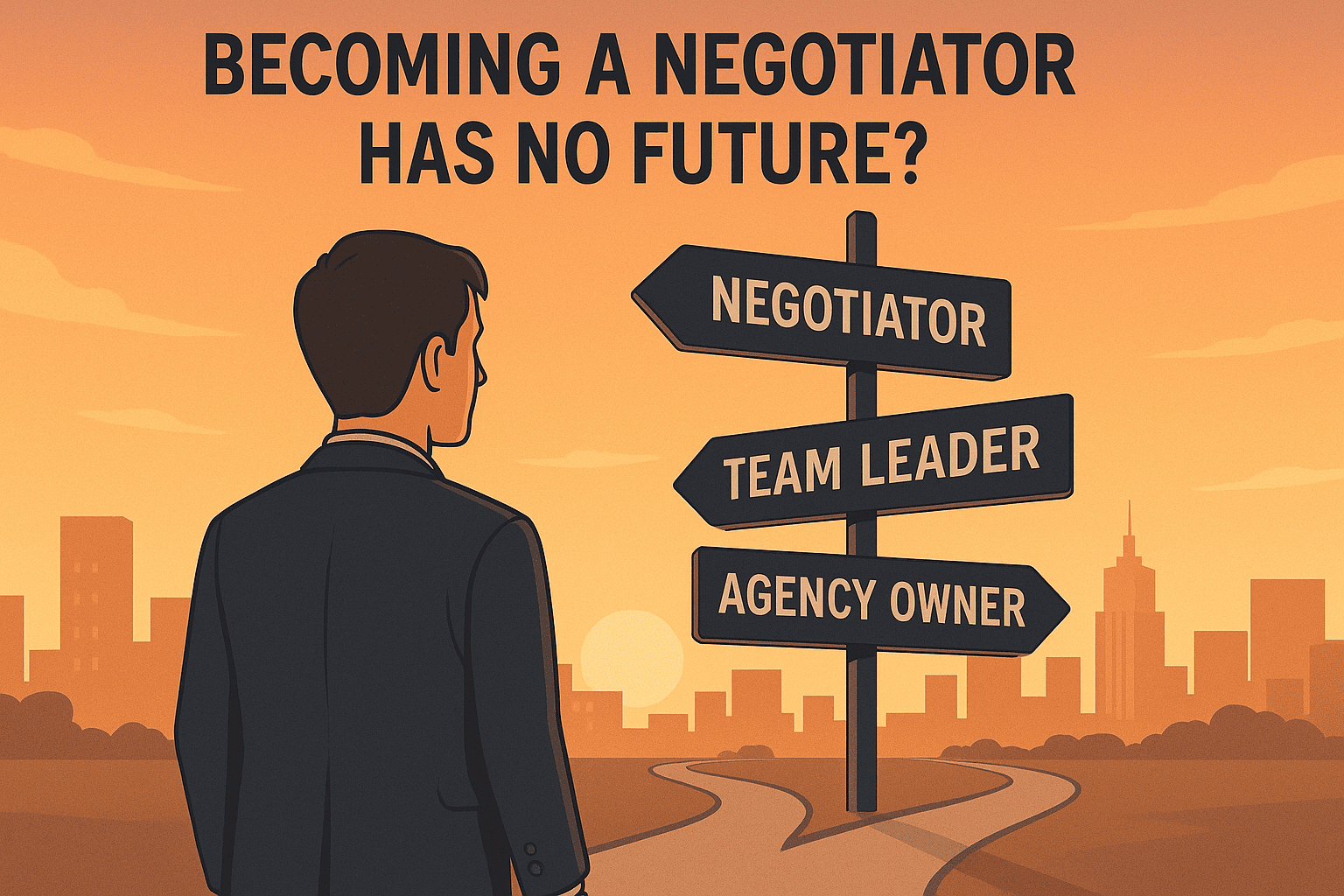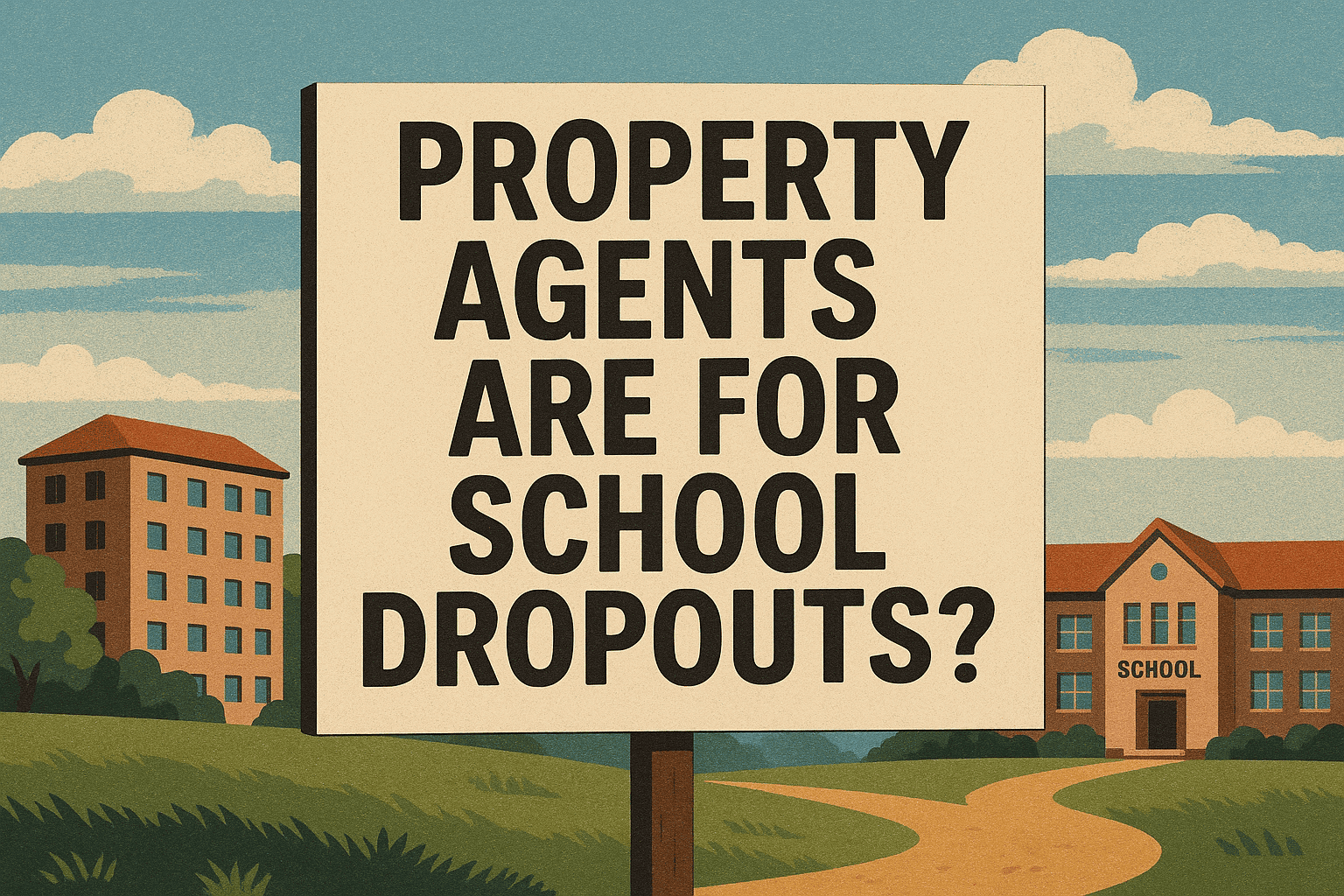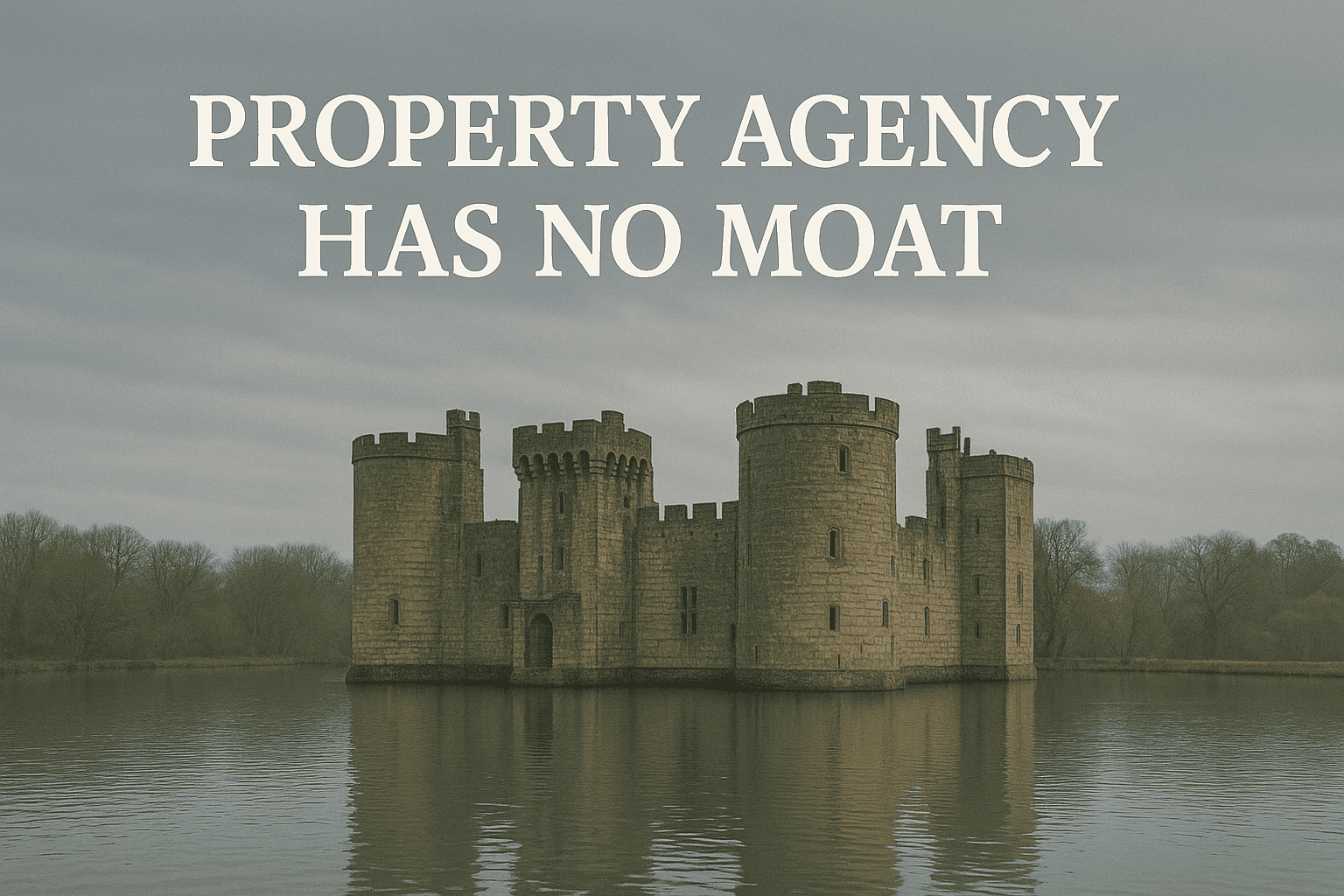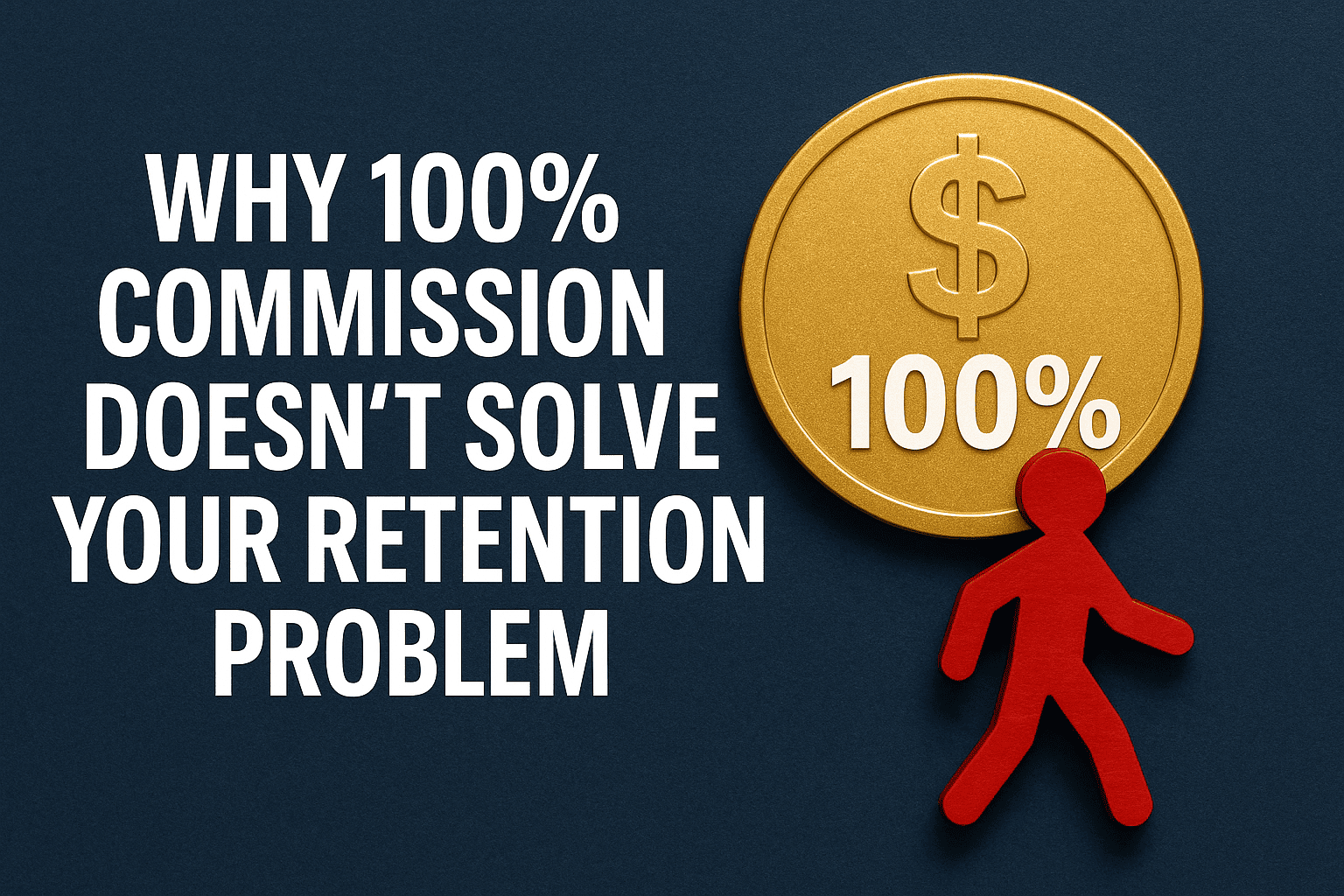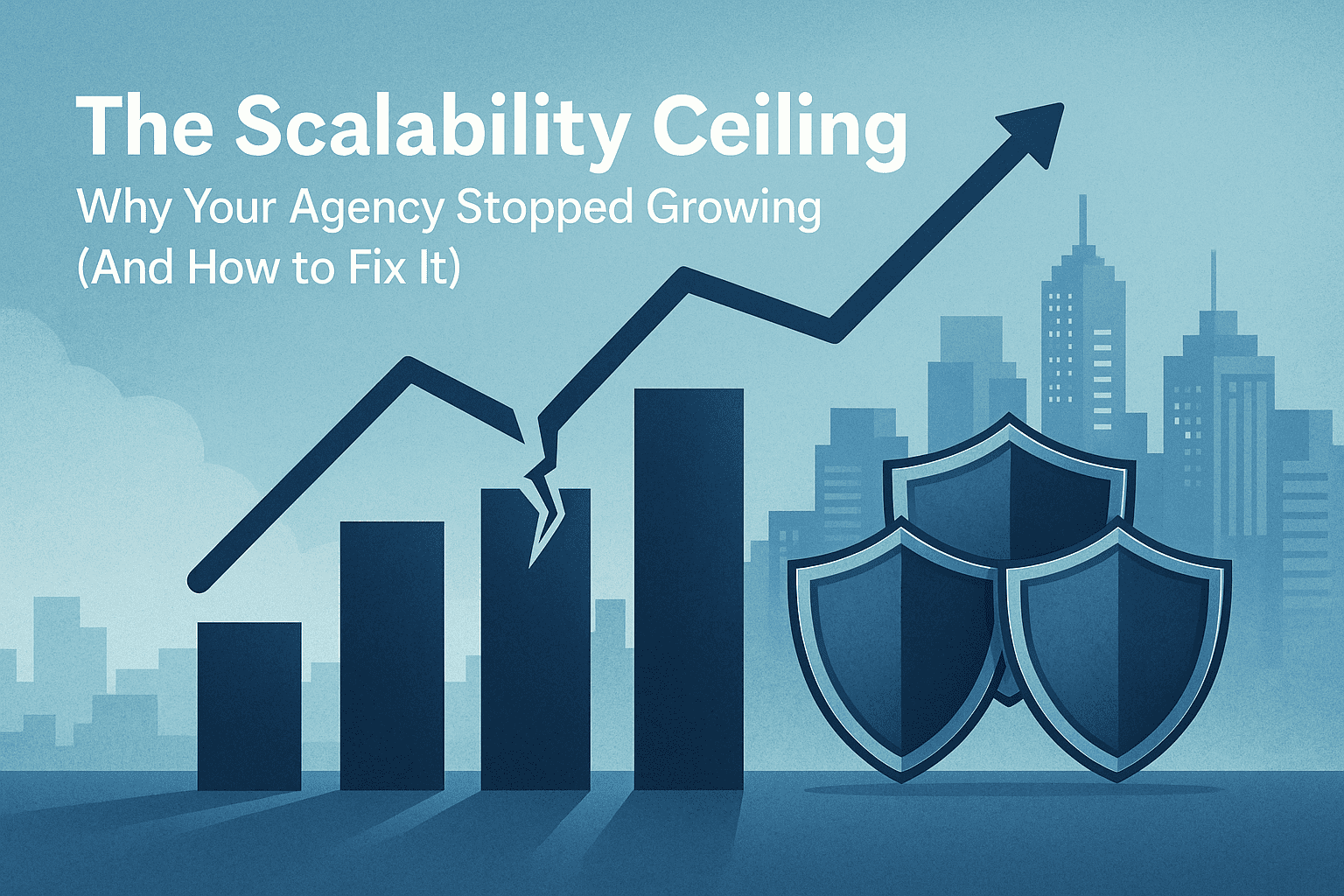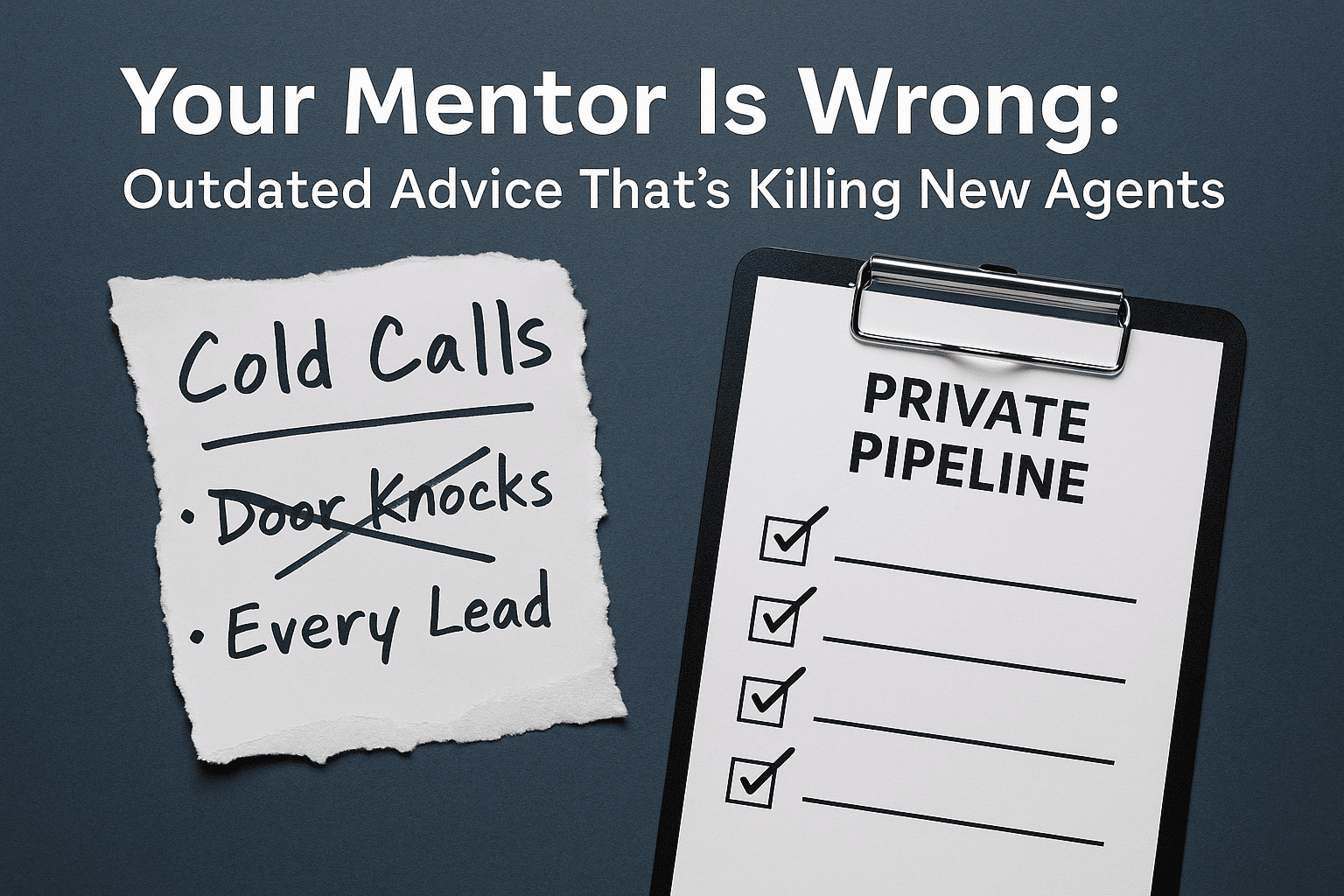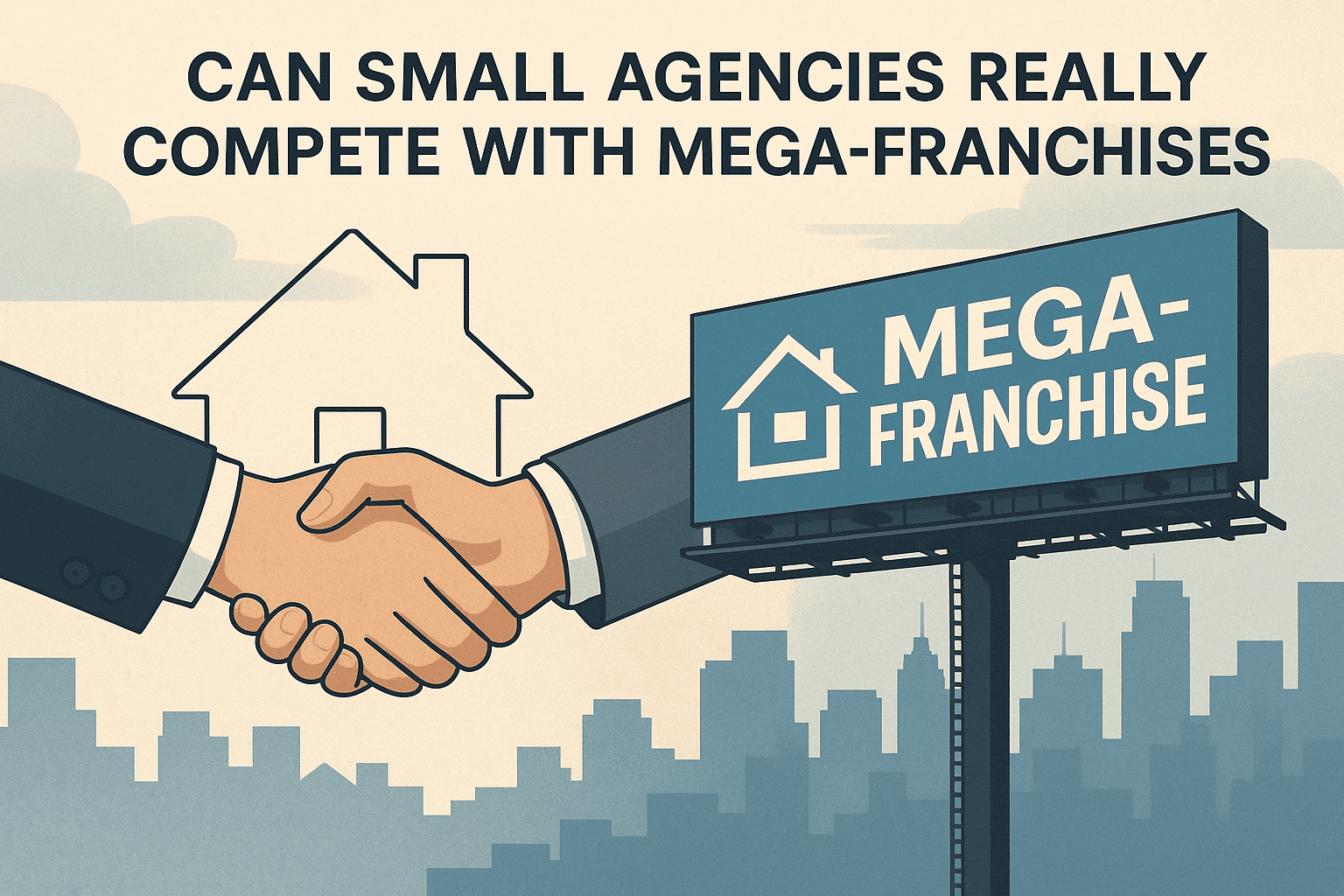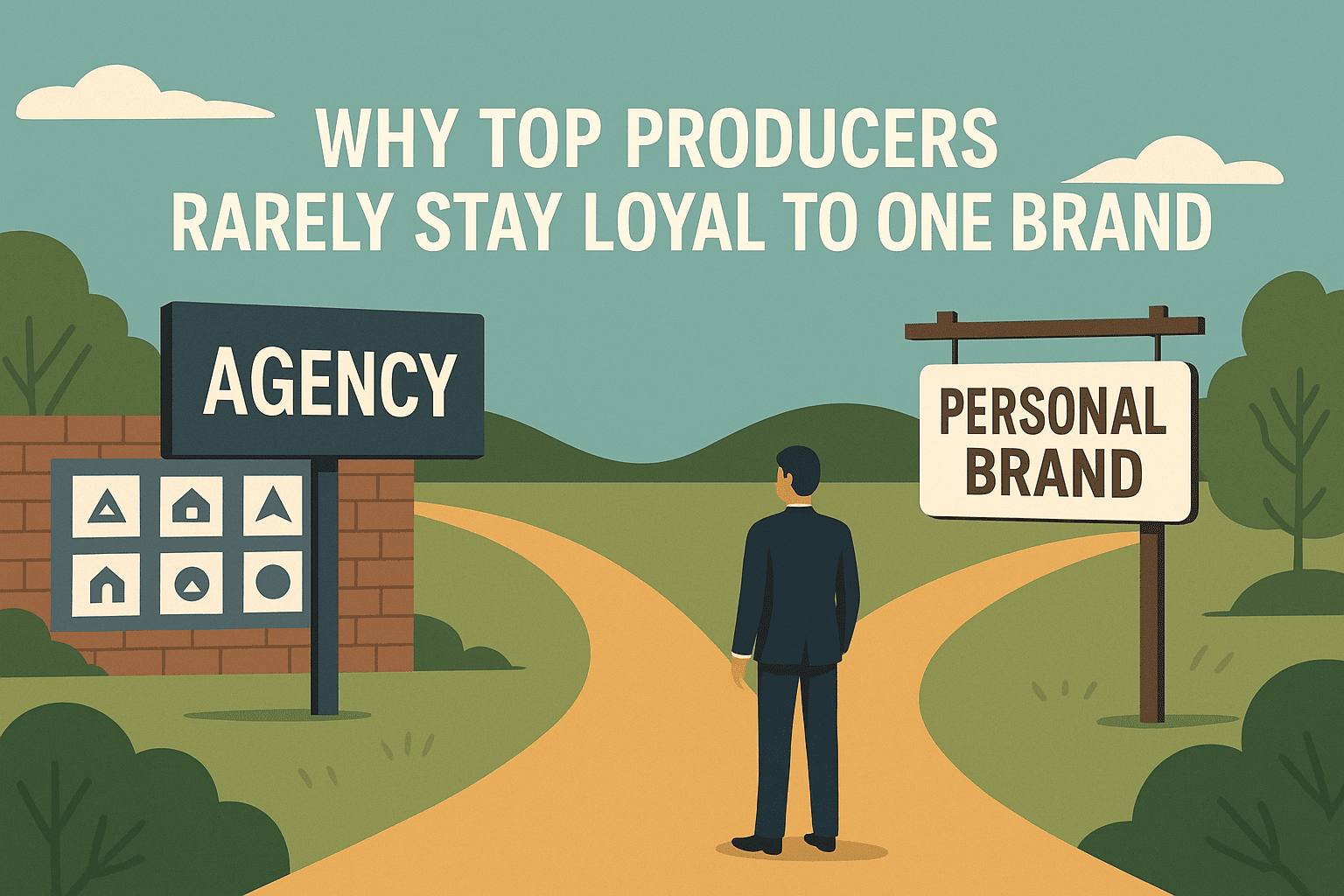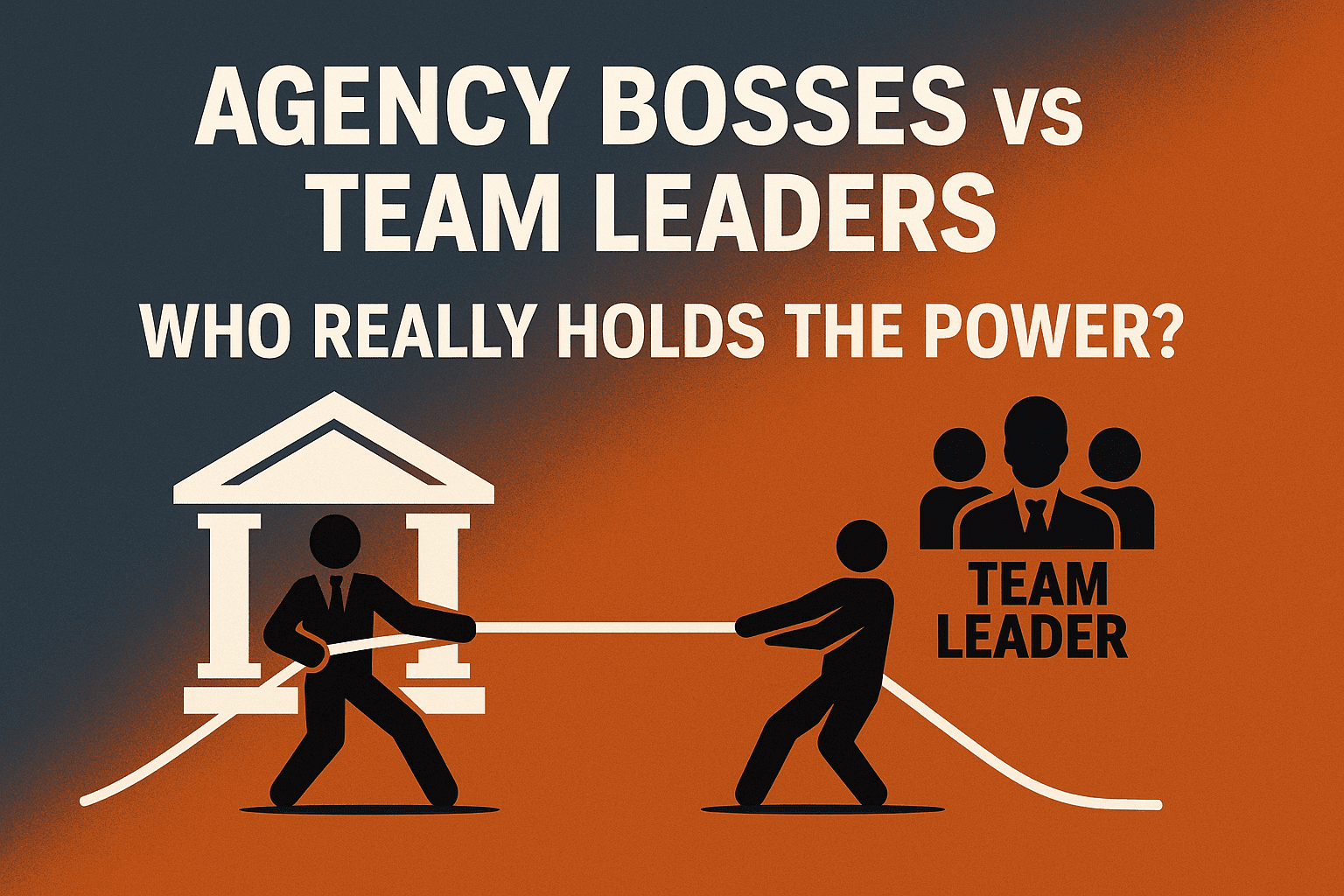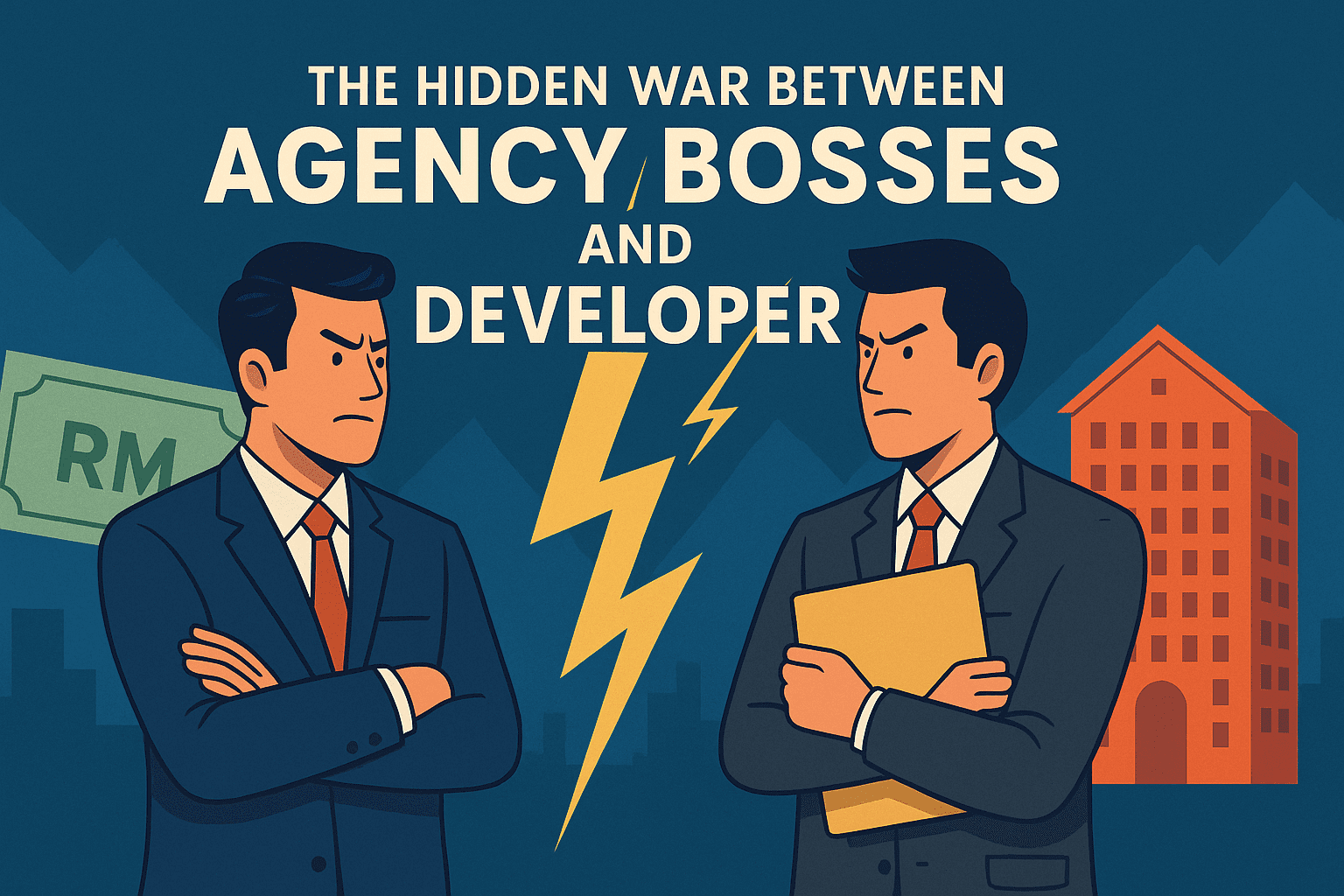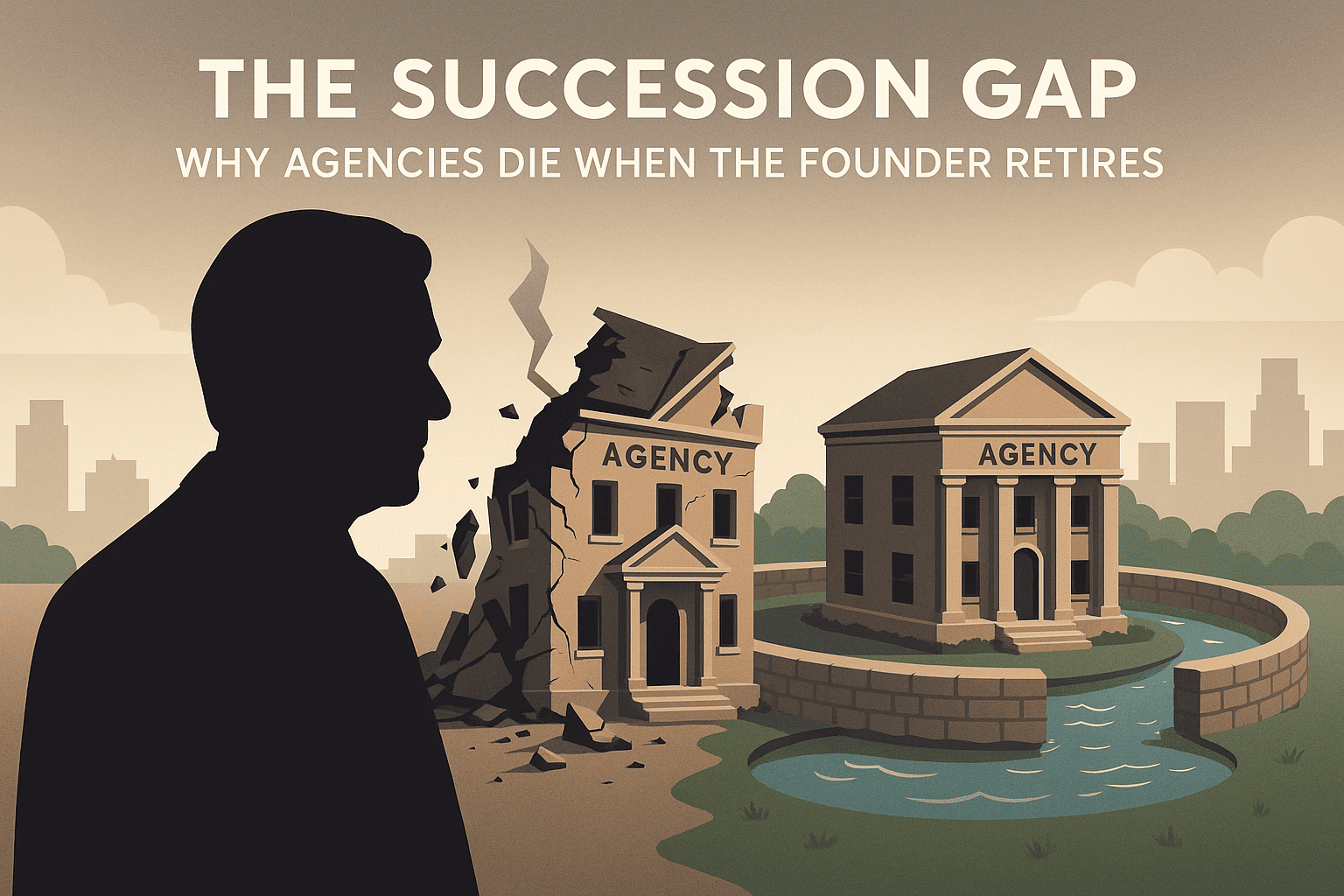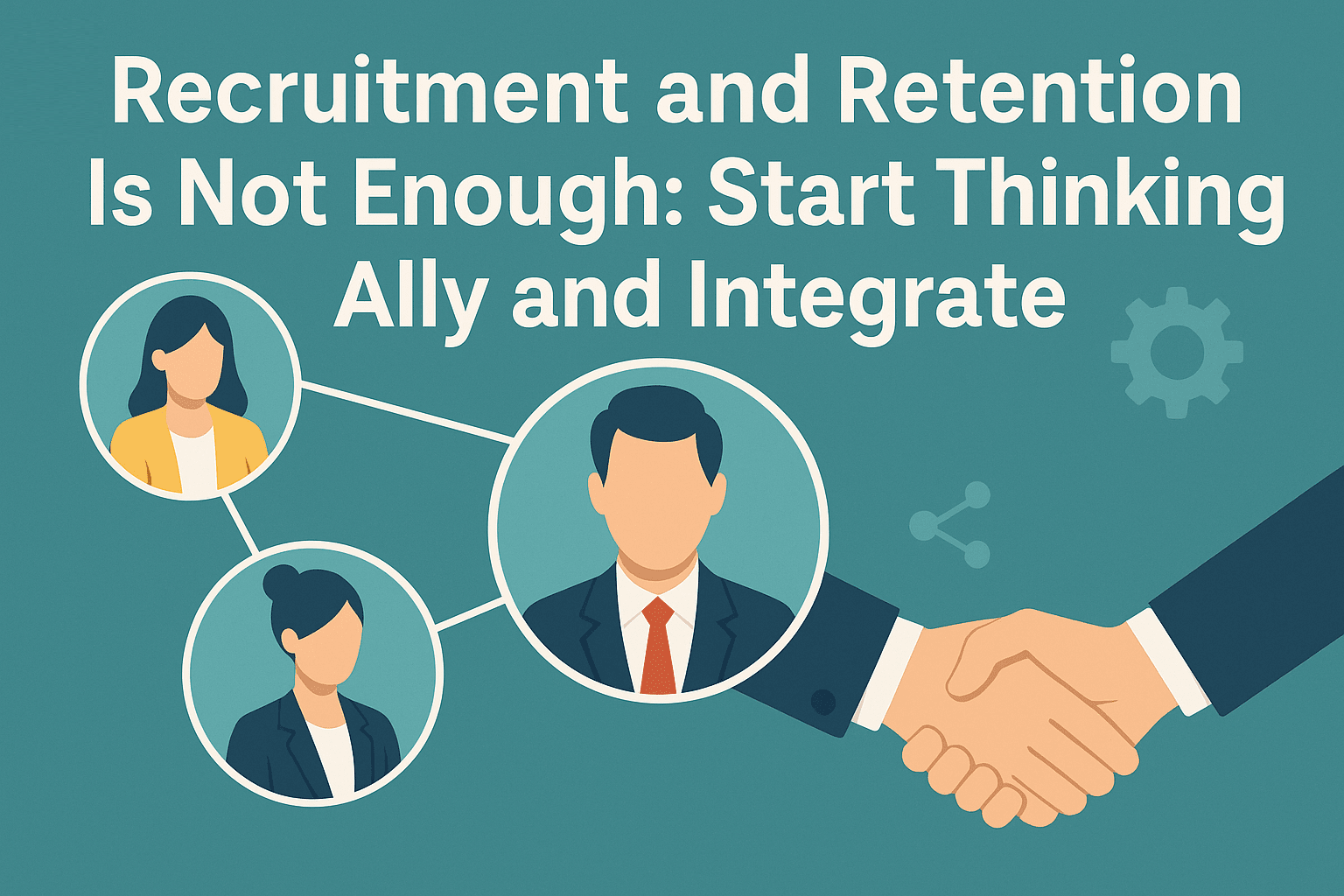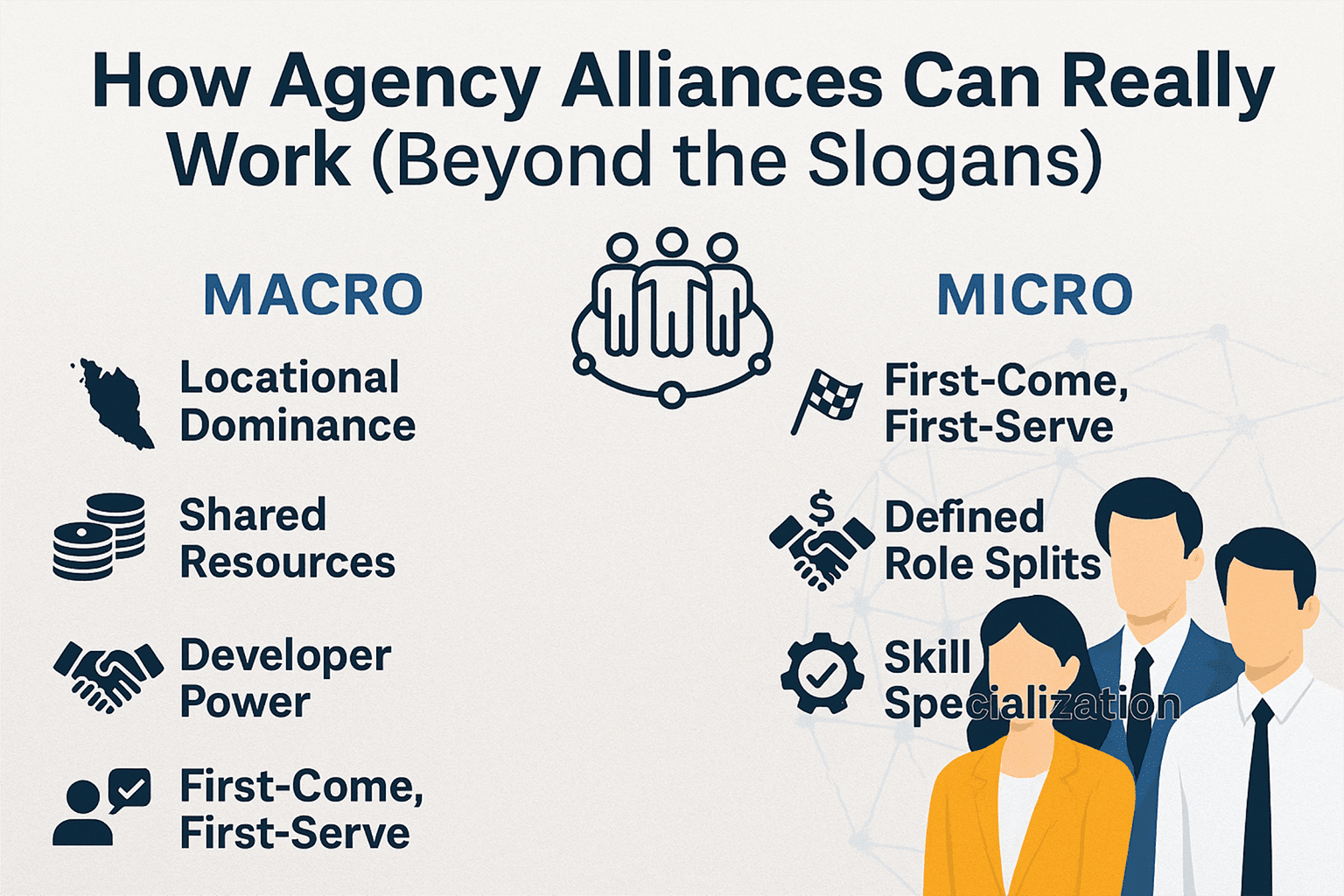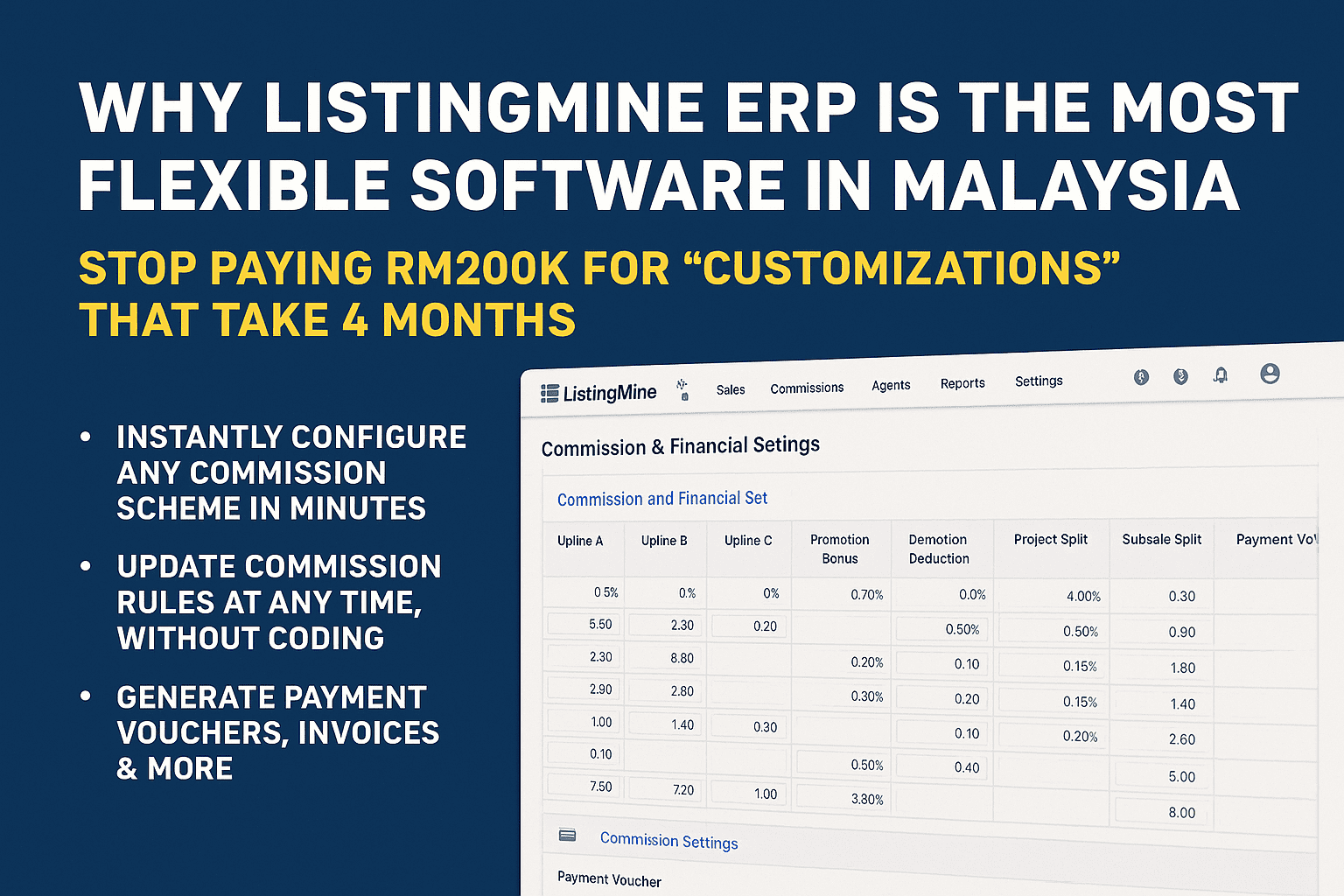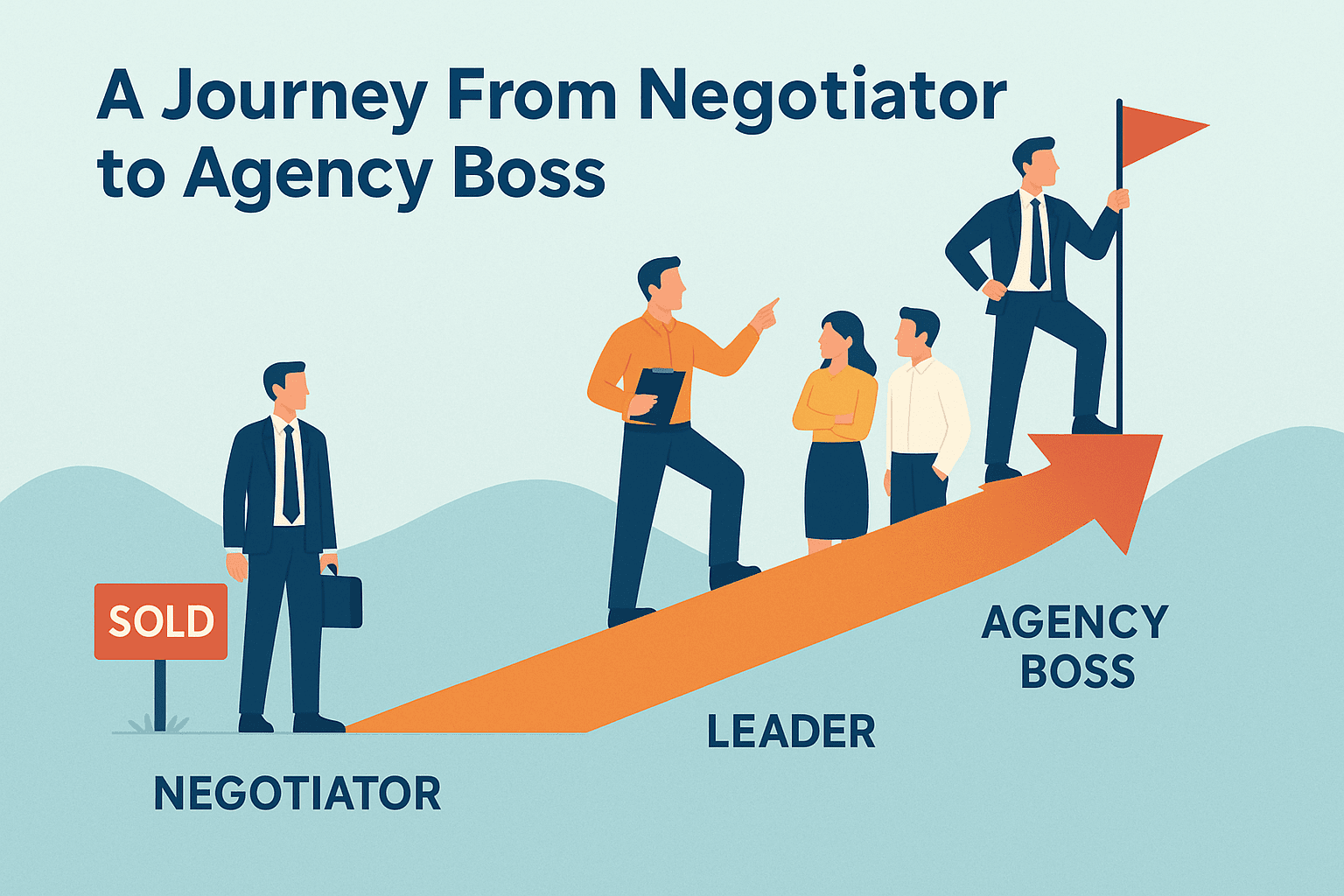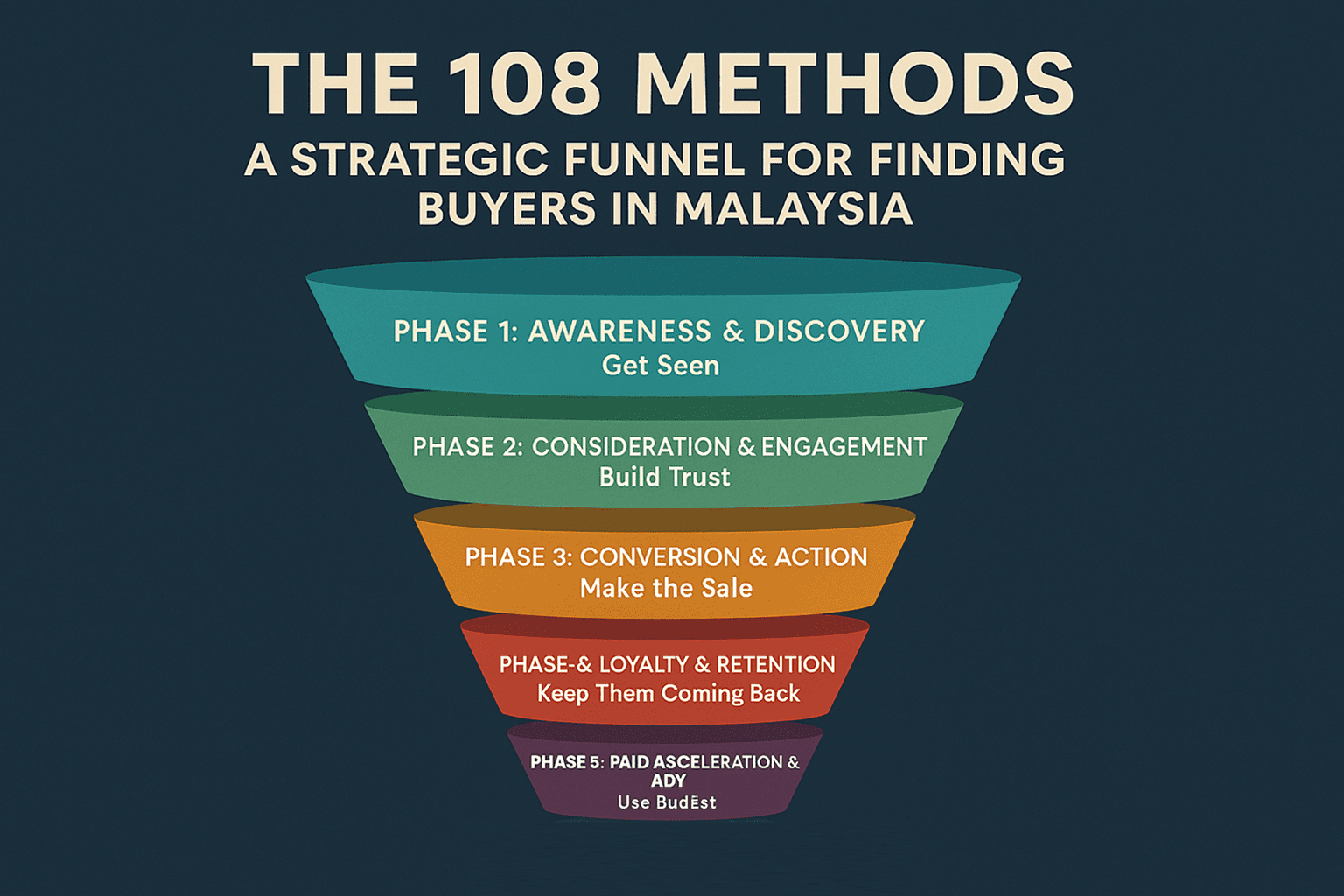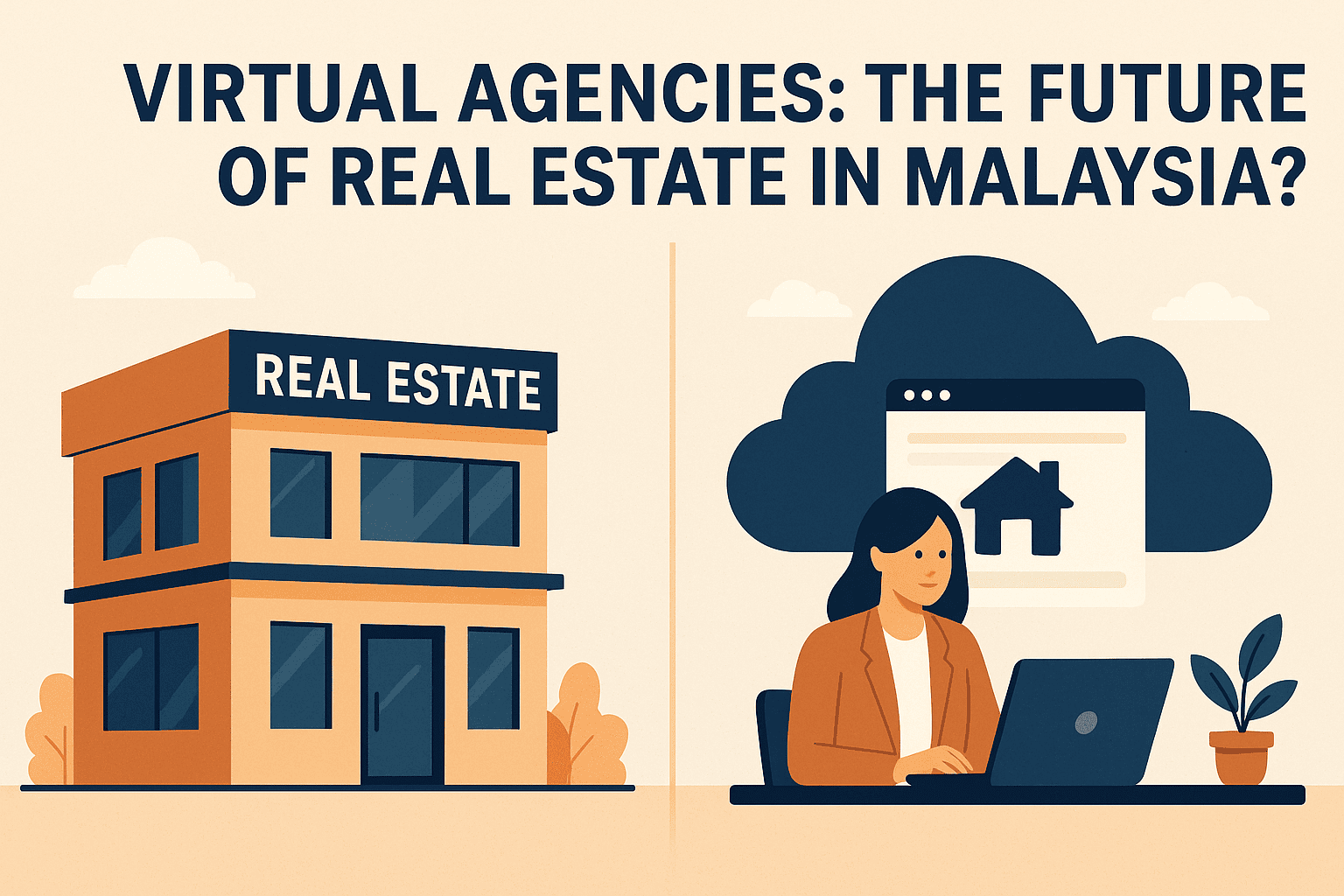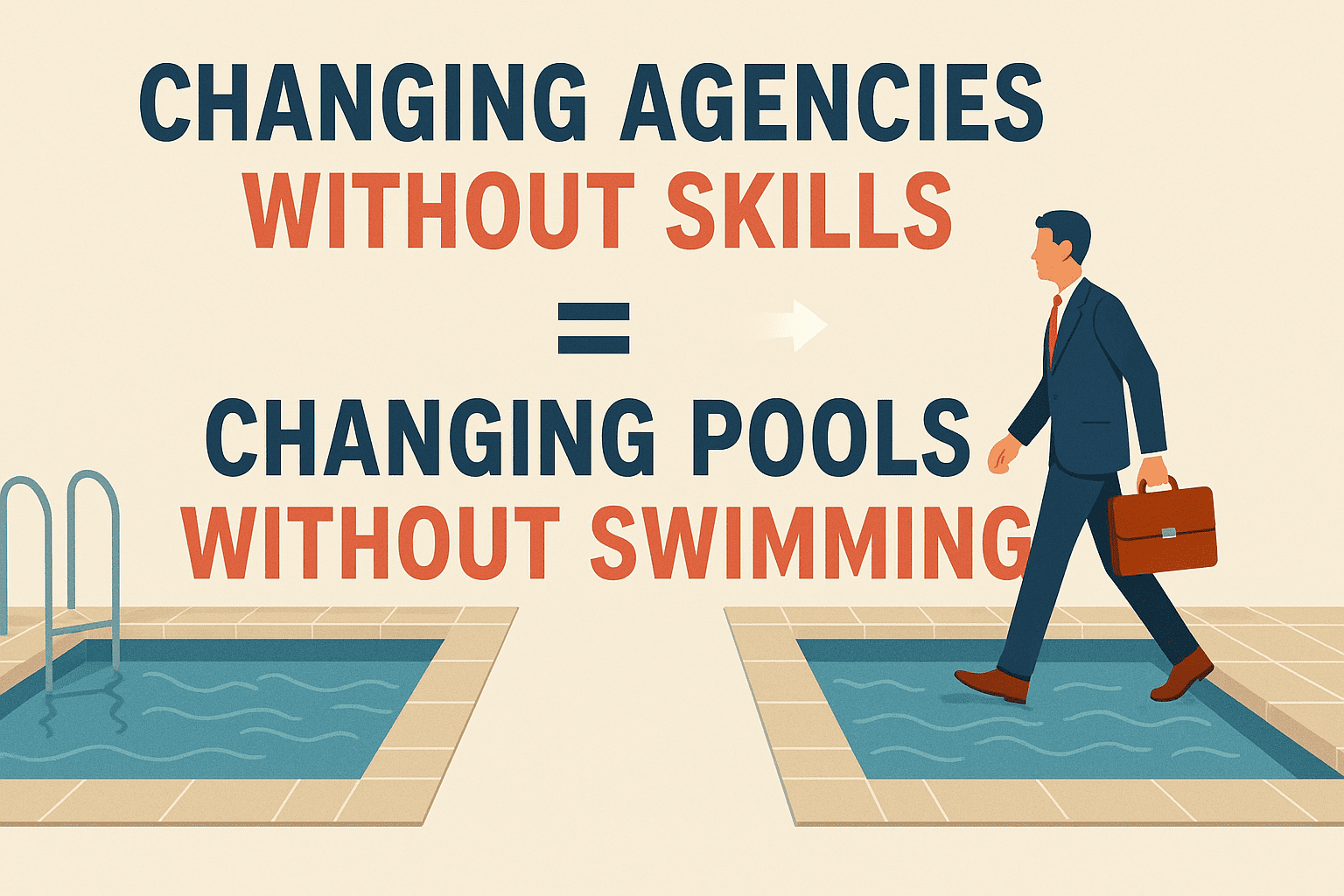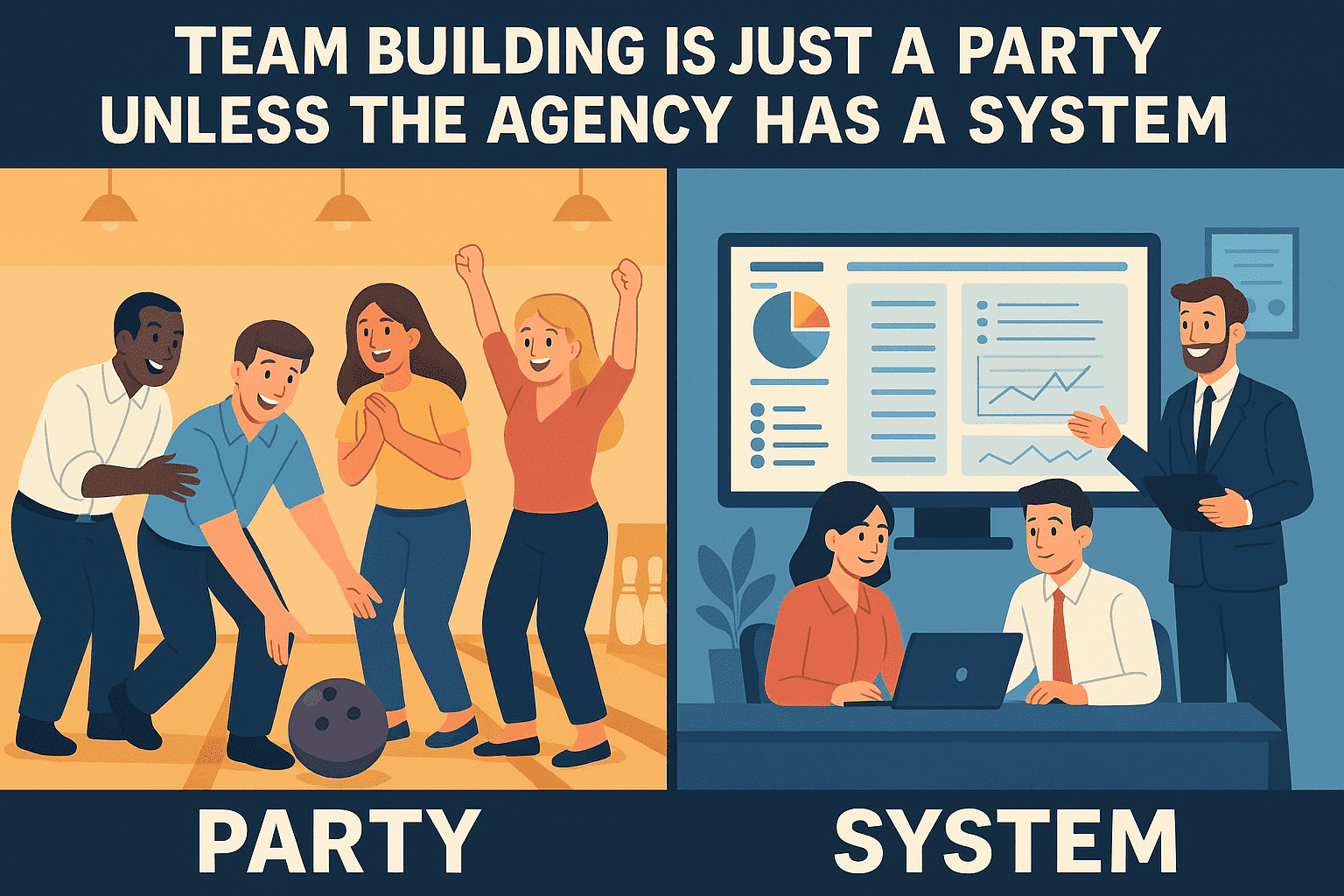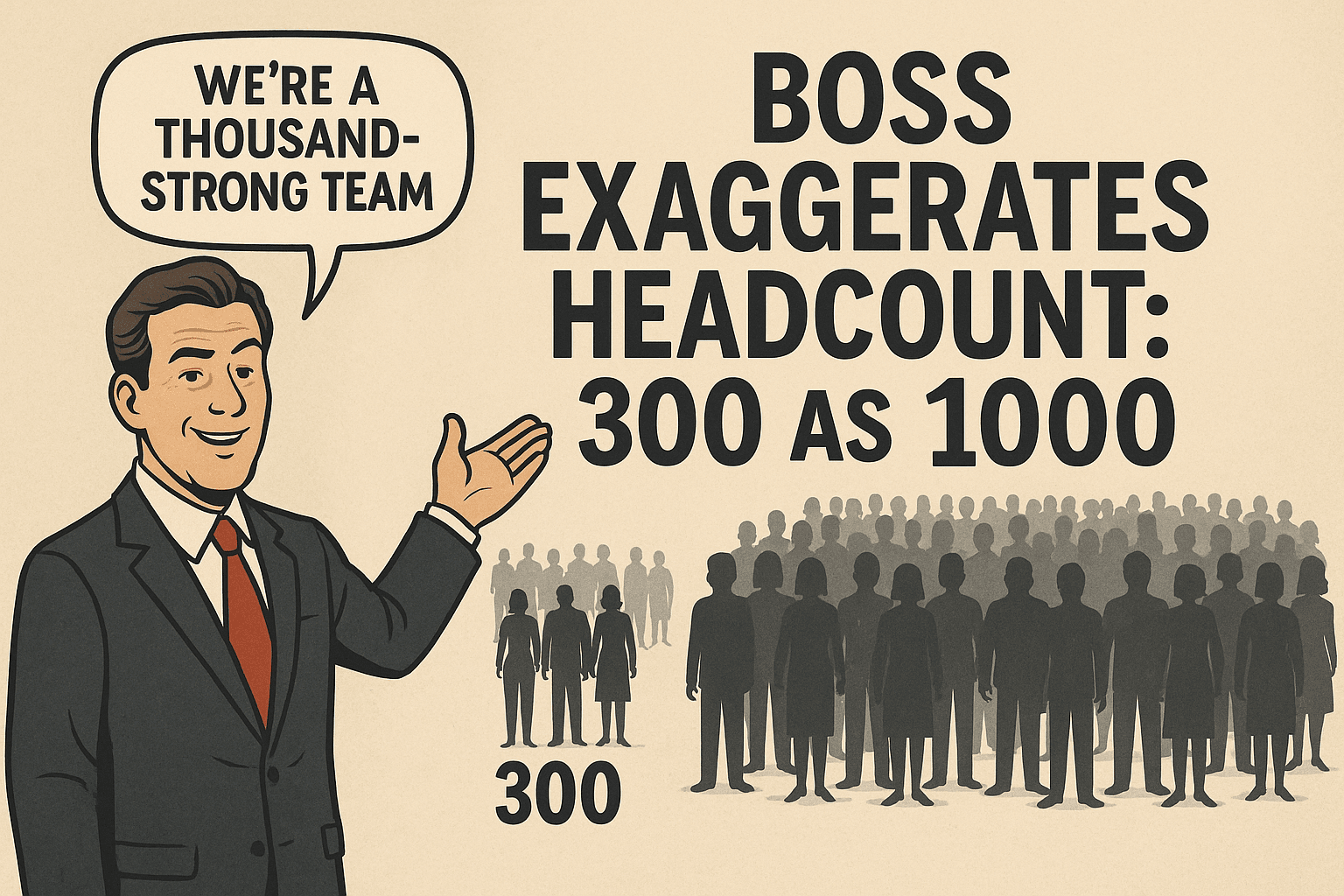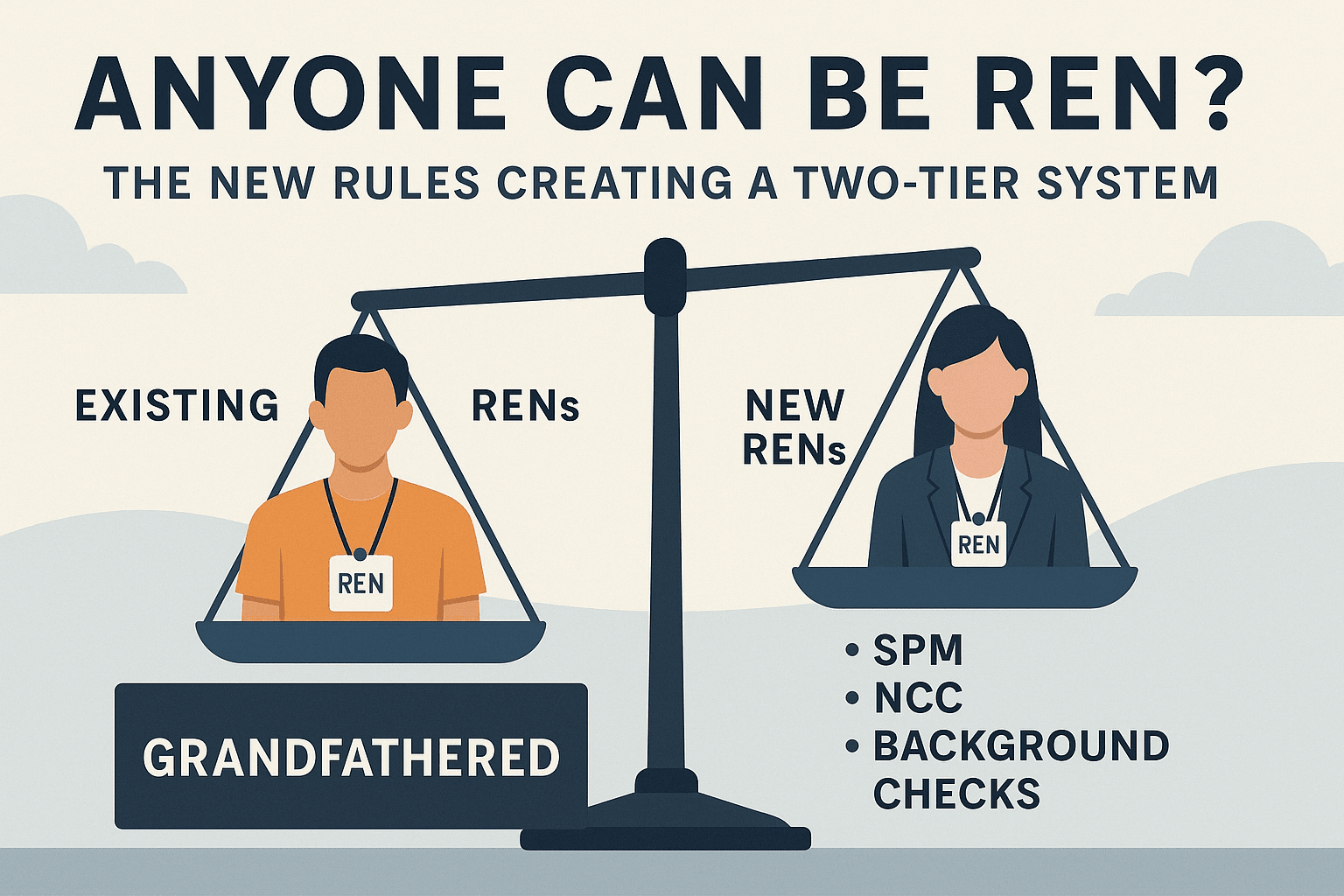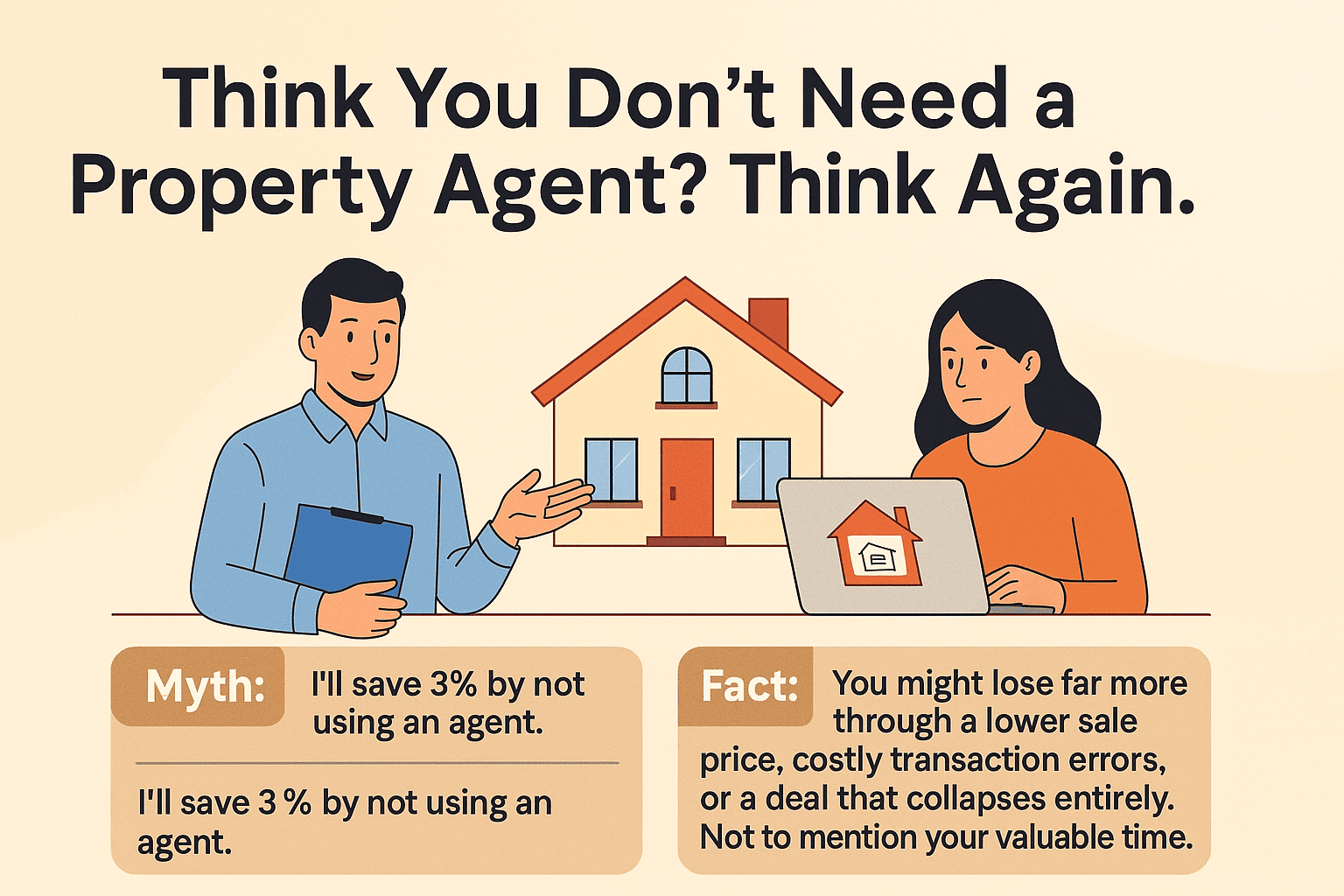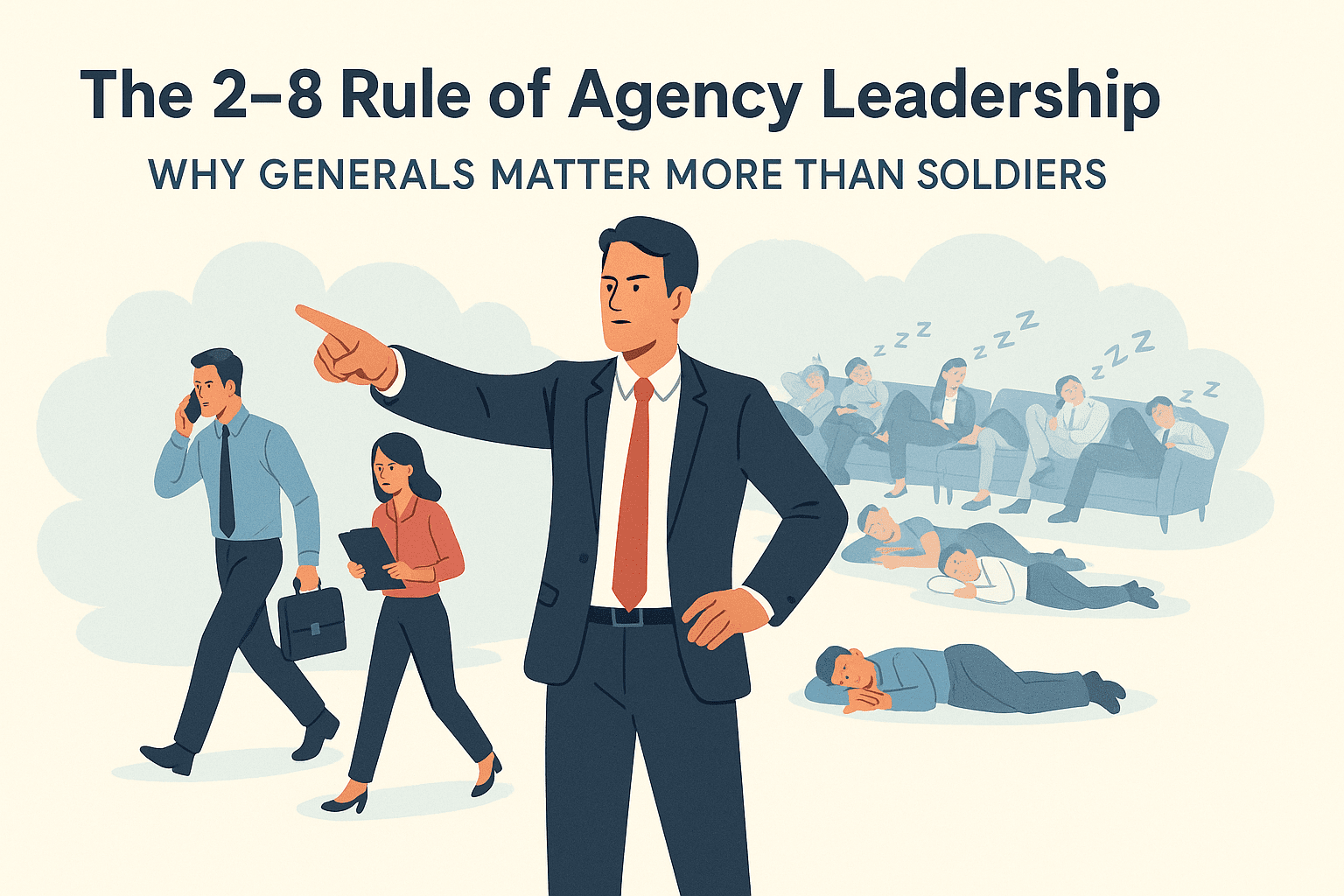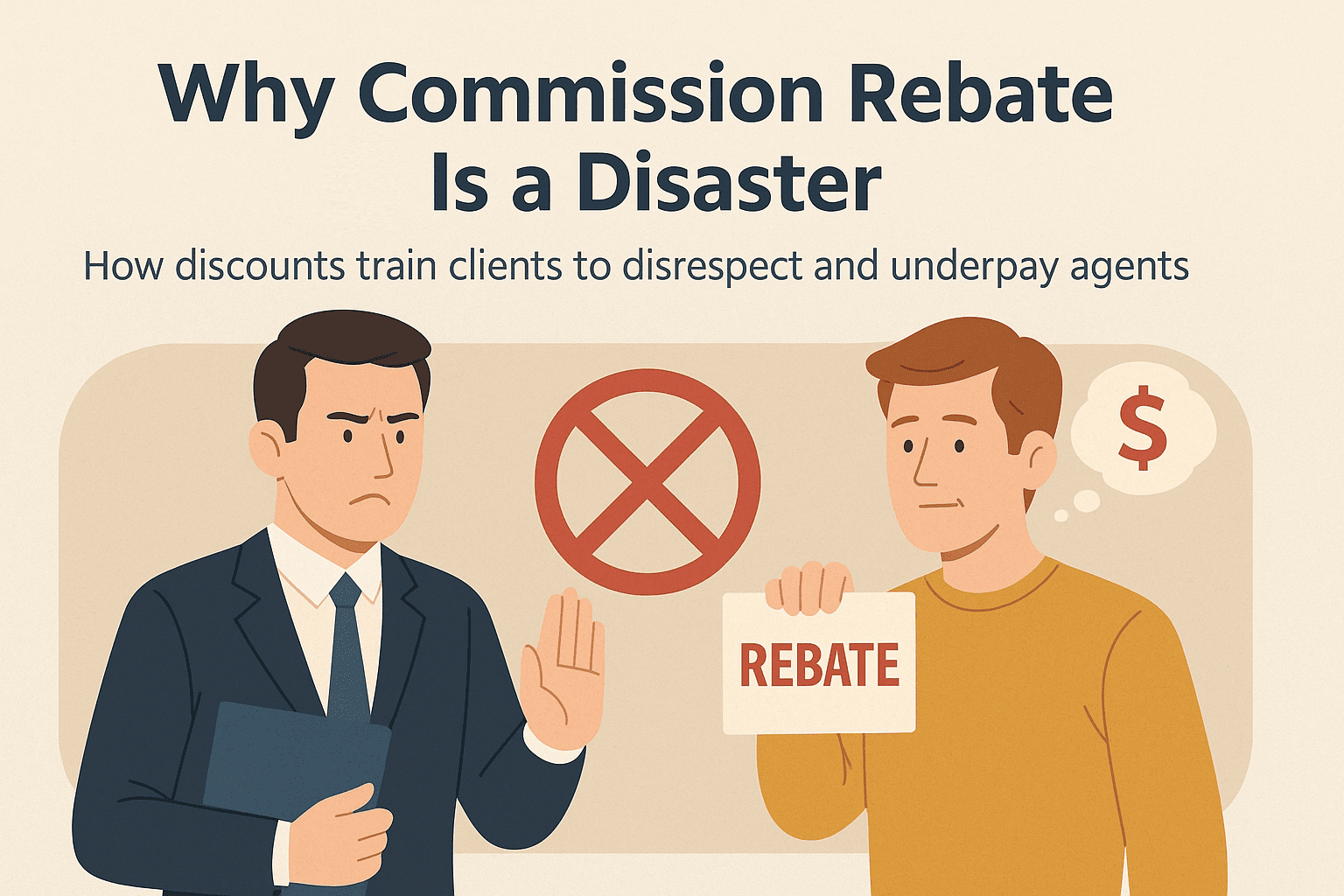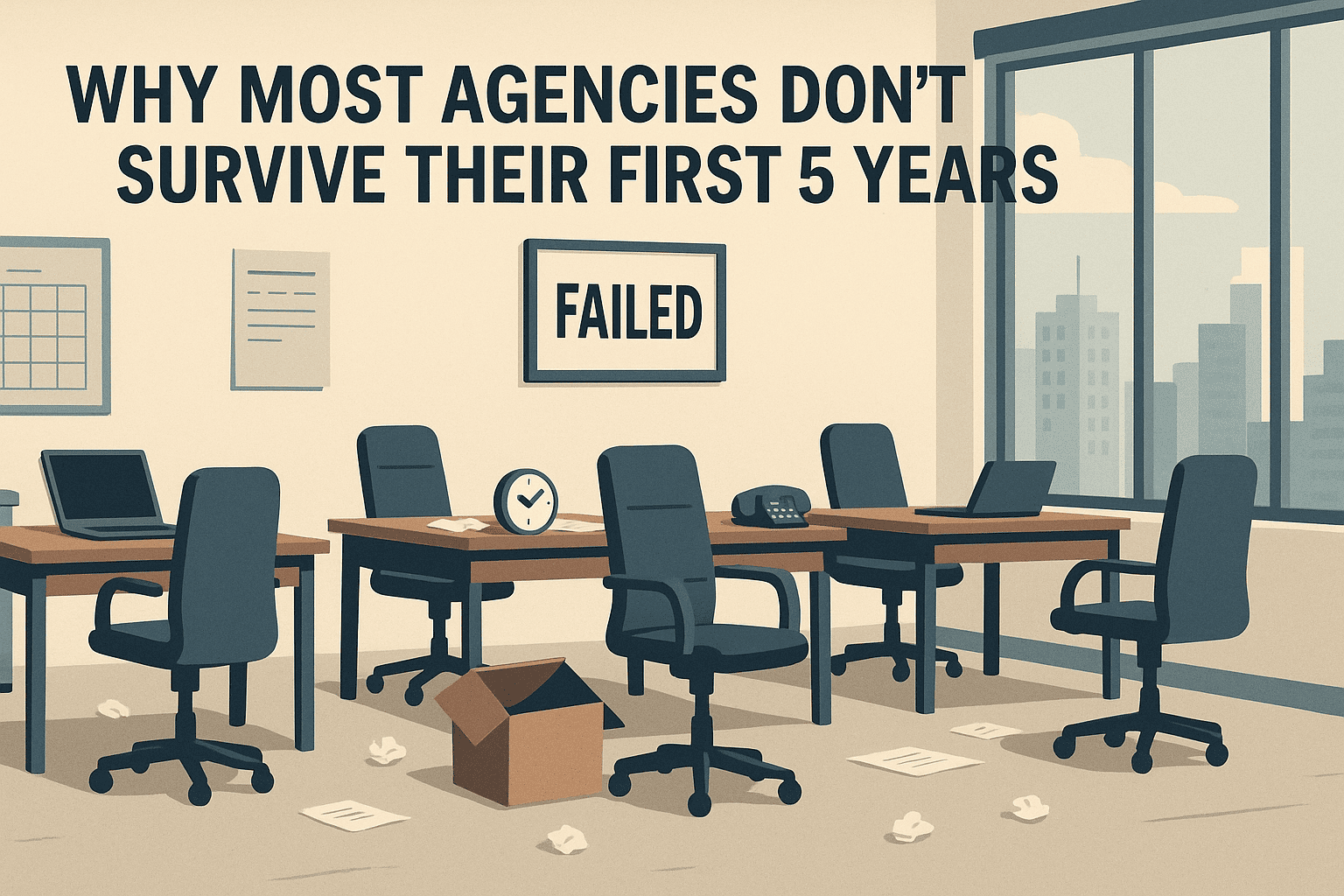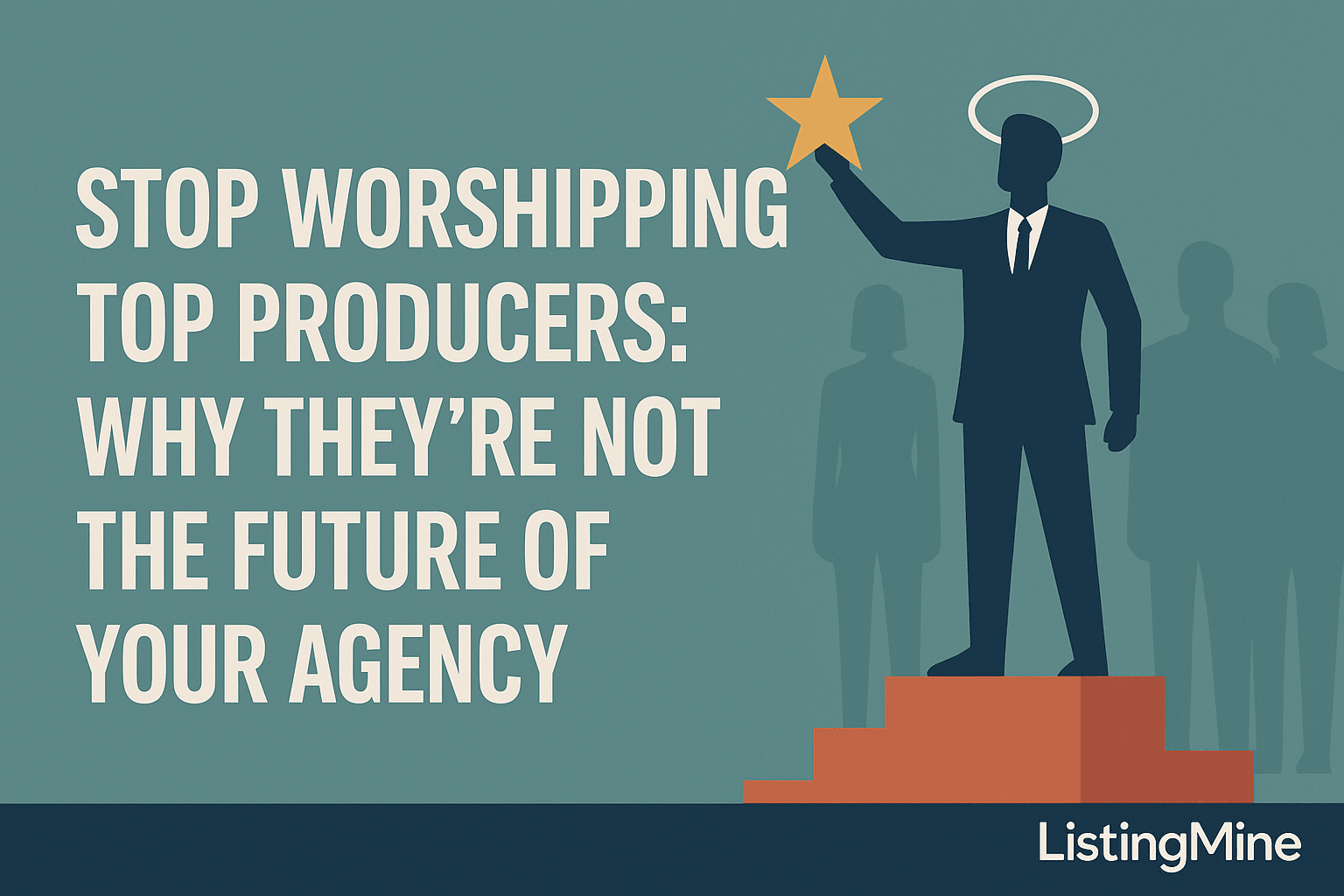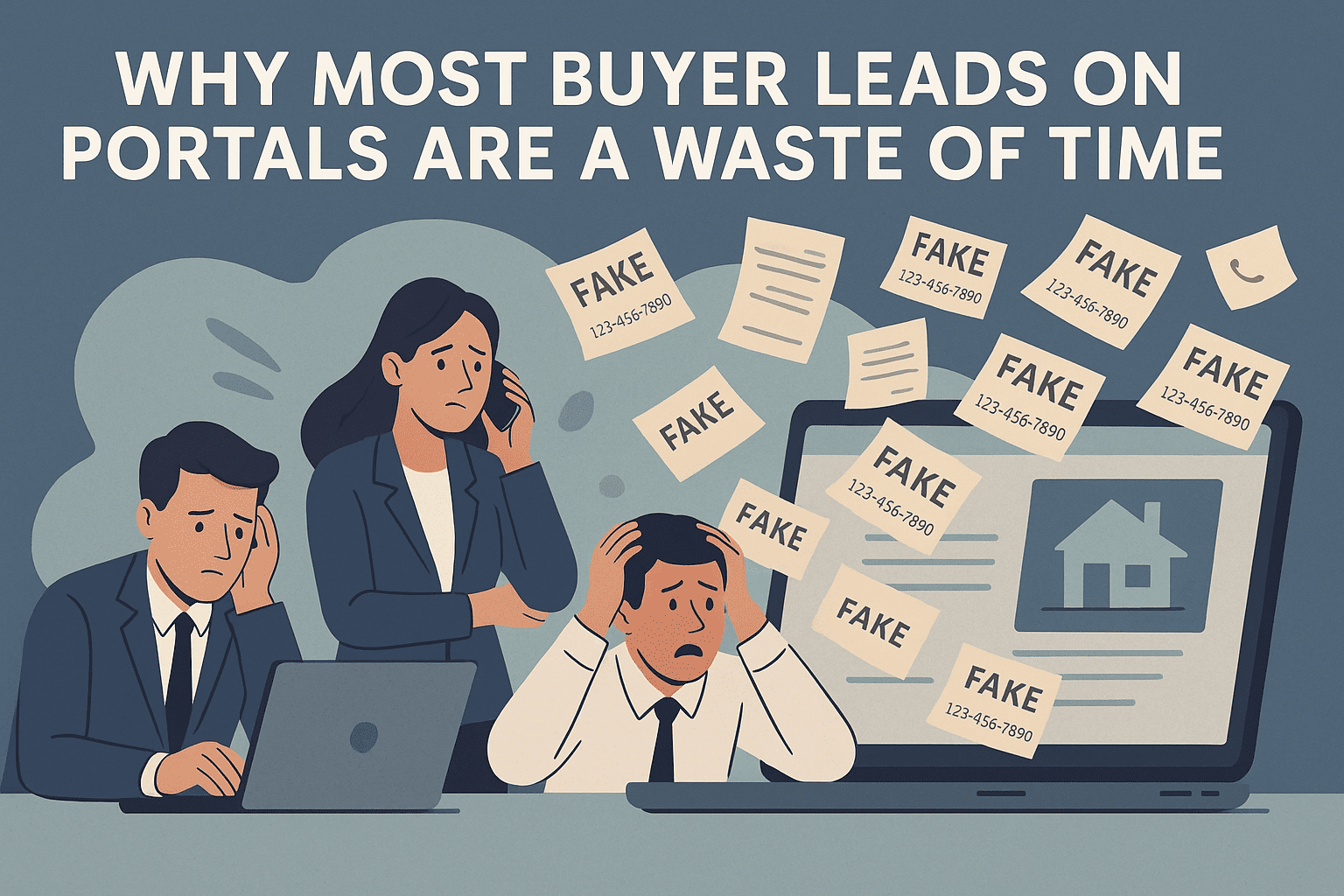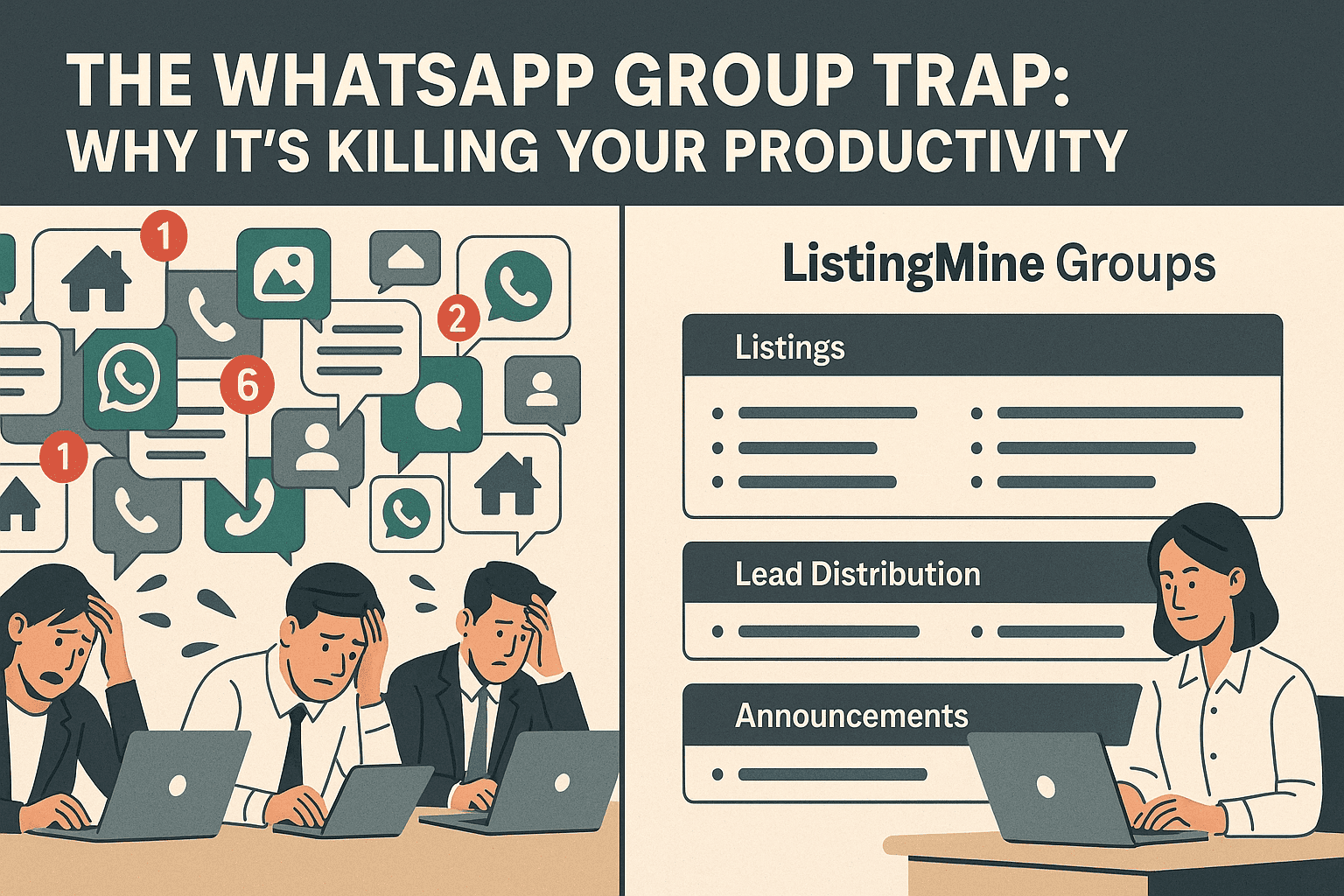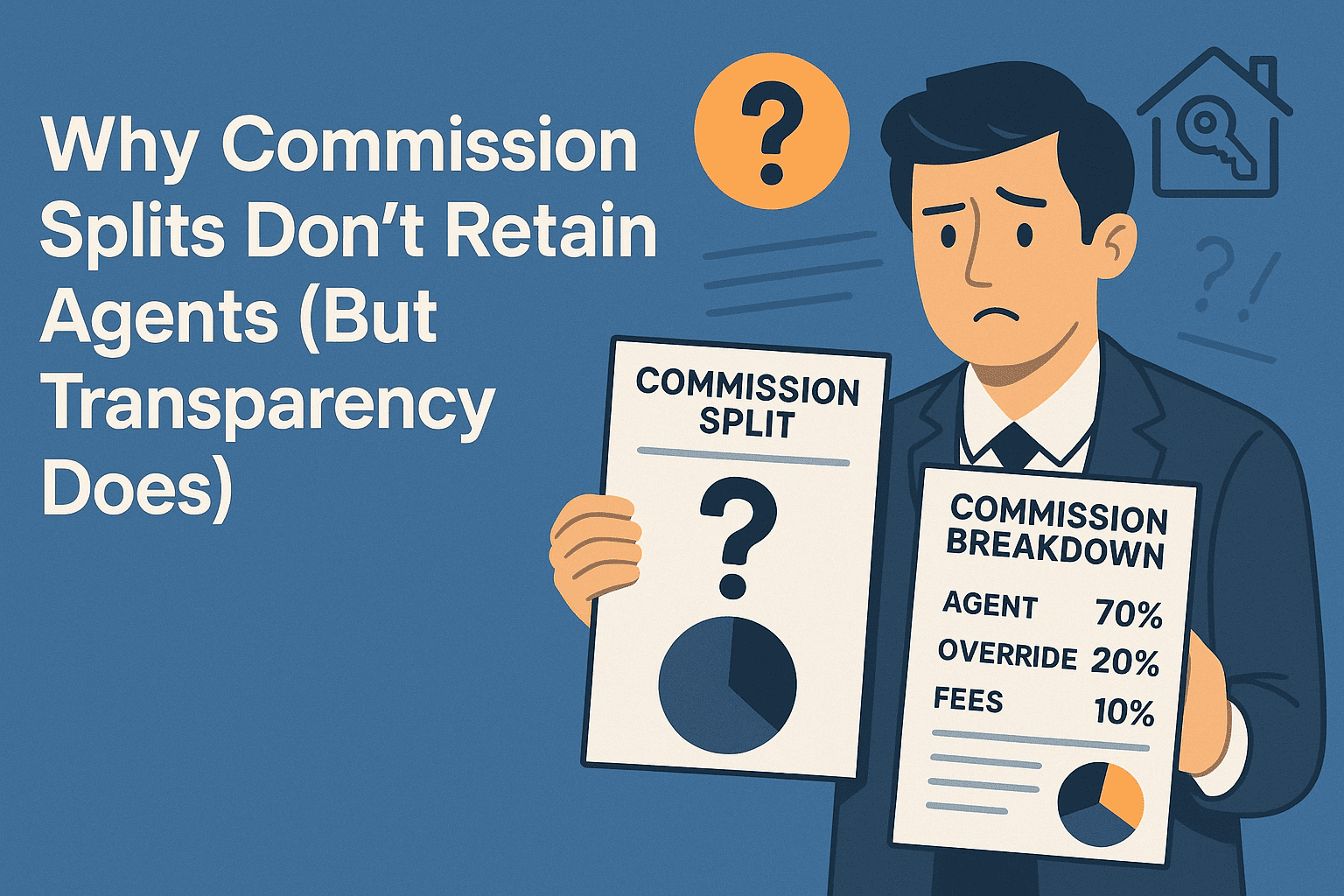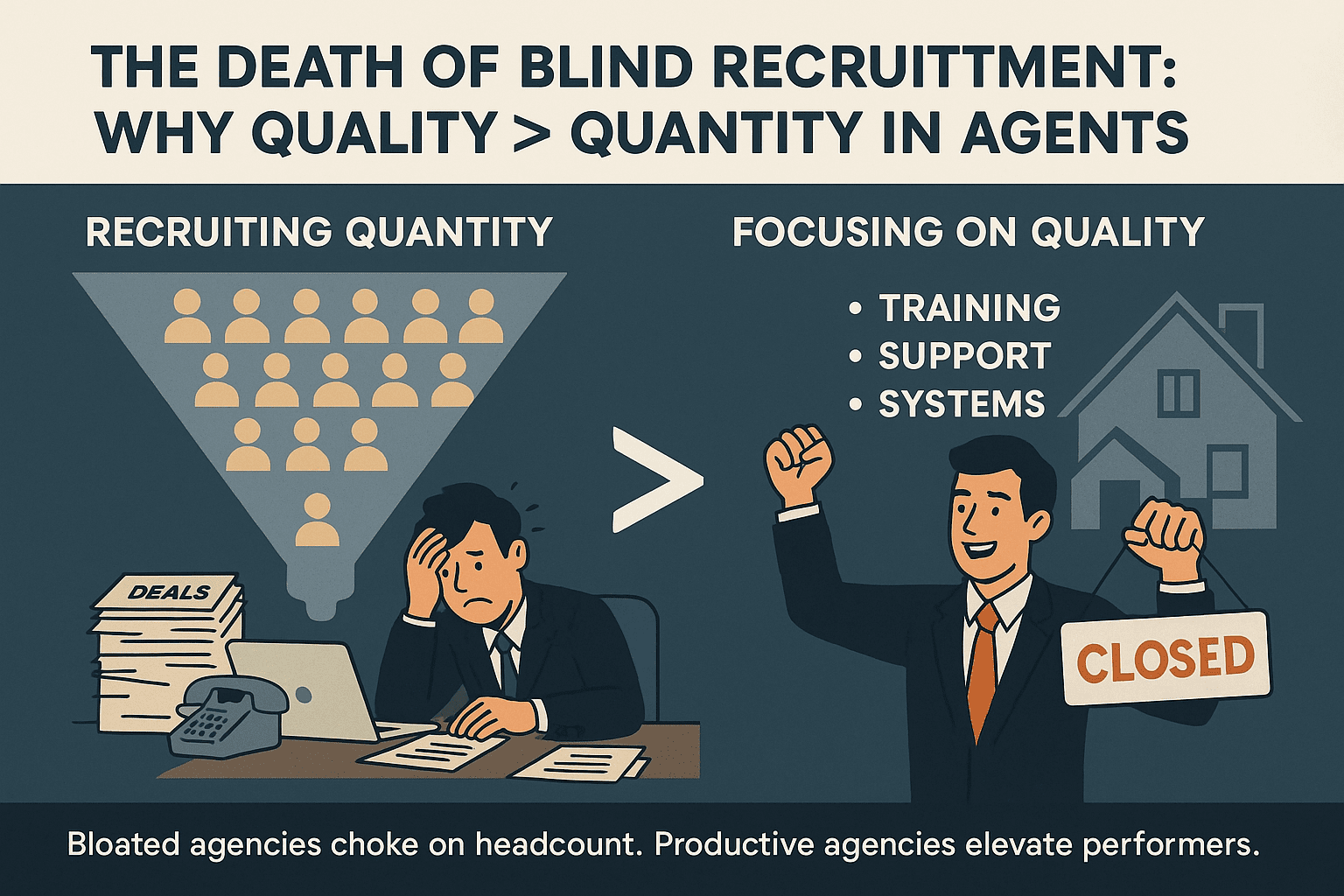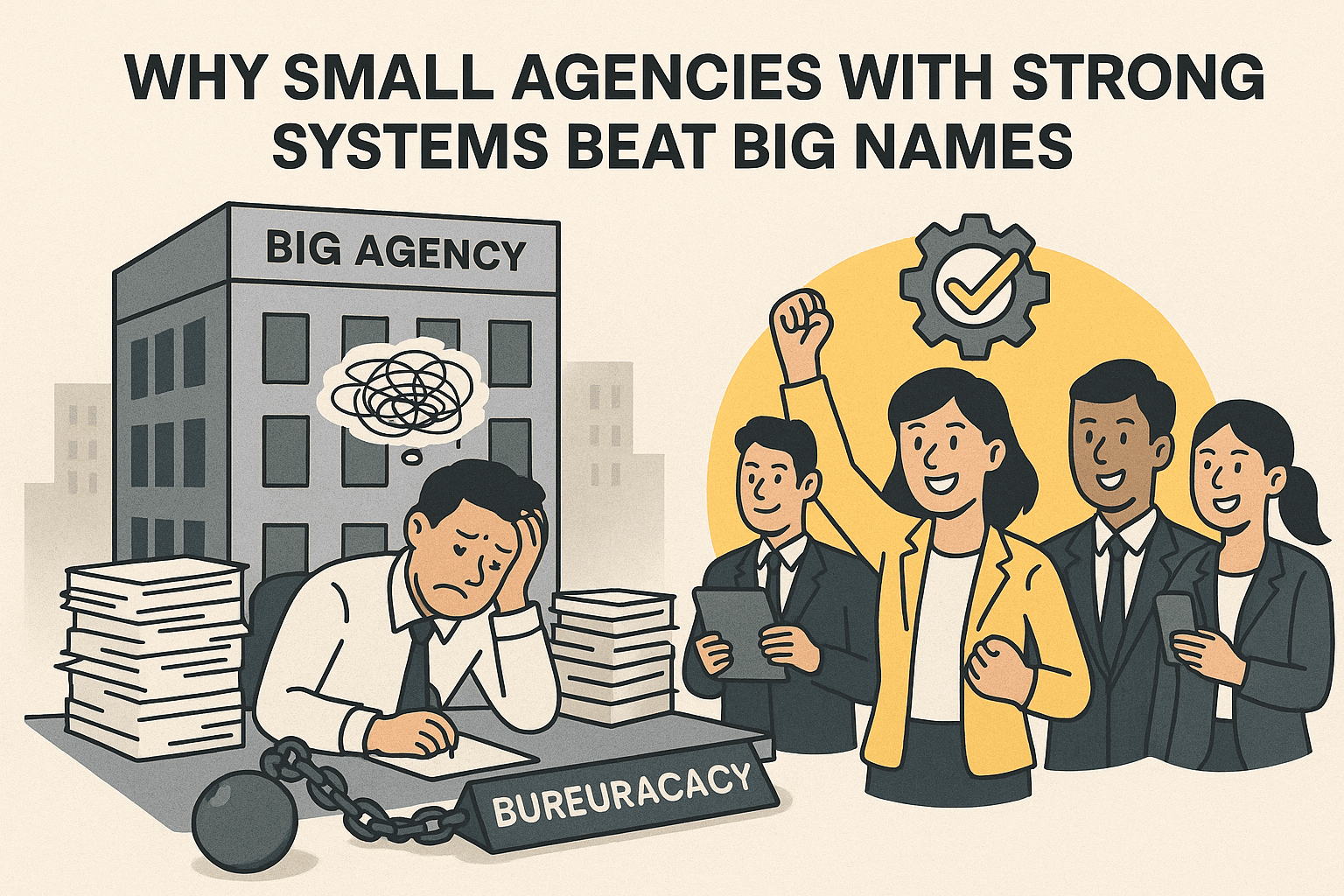How Agency Alliances Can Really Work (Beyond the Slogans)
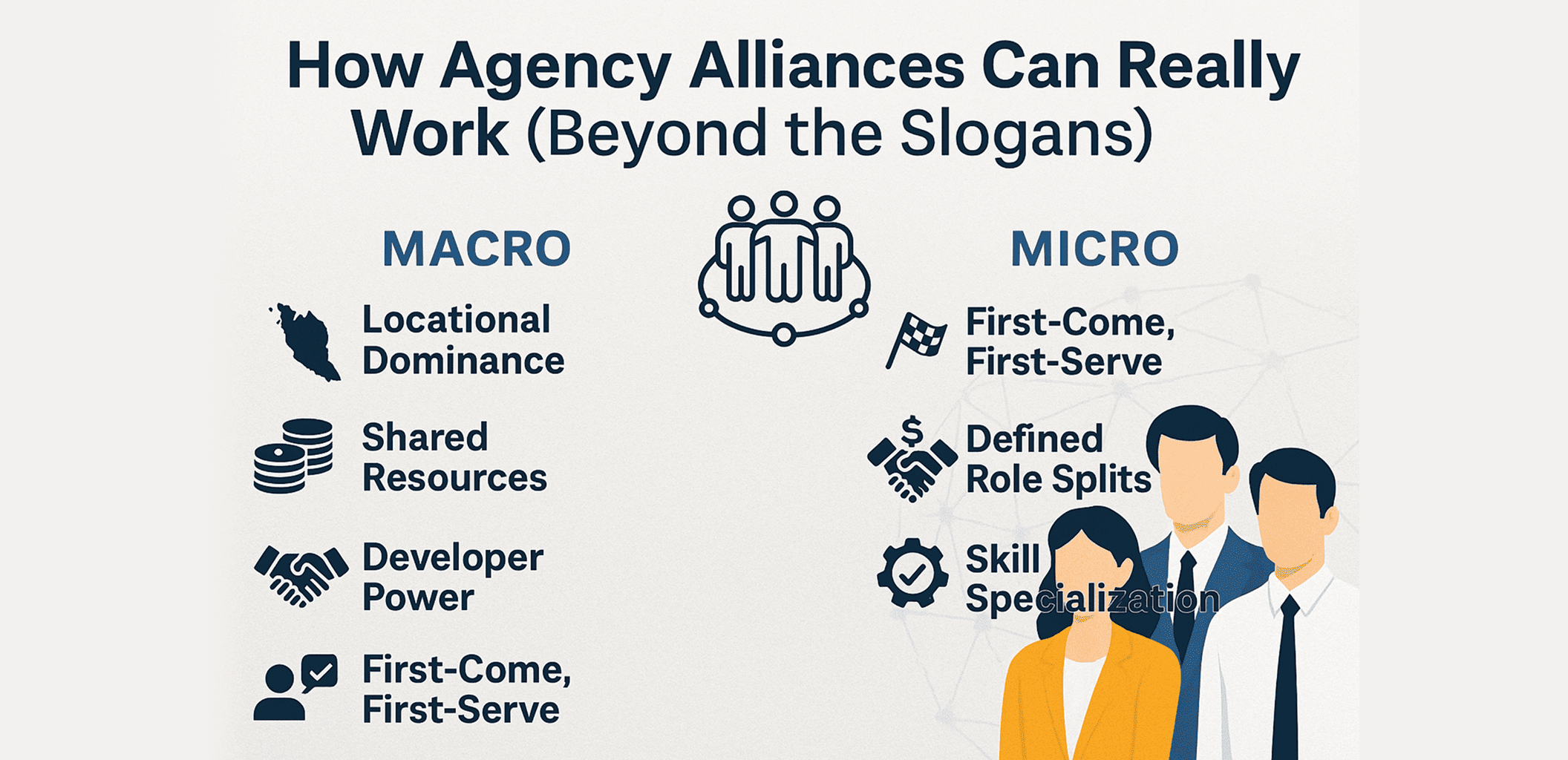
Alliances are everywhere in Malaysia real estate—and most of them are useless.
On paper, they make perfect sense: combine strengths, expand coverage, and compete with the giants. But in reality, most fade into irrelevance. Why?
Because they stop at press releases and slogans. They never build the operational systems that allow agents—the real revenue drivers—to work together seamlessly.
The truth is, an alliance is only as strong as its weakest link—and that link is almost always a lack of ground-level integration.
The Macro Framework: Agency-to-Agency Strategy
At the top level, alliances exist to solve a critical problem: geographic and resource limitations.
Malaysia is vast. No single agency can deeply cover KL, Penang, and Johor simultaneously.
This is where strategic alliances create real leverage:
- Locational Dominance: "We dominate KL, you own Penang, together we cover the nation’s key growth corridors."
- Shared Resources: Imagine three agencies pooling funds for a major developer negotiation, securing better rates and exclusives for everyone.
- Developer Power: A larger collective can demand better commission rates, faster payout terms, and exclusive project access.
This is the macro vision—agencies integrating strategically while maintaining local autonomy.
The Micro Framework: Agent-to-Agent Execution
Here’s the catch: macro alliances are worthless without micro cooperation. Real estate deals don't happen between agency logos; they happen between people.
For an alliance to work, it needs a micro-framework with clear, competitive, and cooperative rules. Agents hate wasting time chasing commissions that end in disputes. A clear system means less politics, more deals.
- First-Come, First-Serve Lead Allocation: If an agent from Agency A refers a buyer to Agency B’s listing, that connection is locked and credited. No poaching, no confusion.
- Defined Role Splits: Clear percentages for sourcing, showing, and closing. This eliminates post-deal arguments and builds trust.
- Skill Specialization: Leverage the best talent across the alliance. One agent is a listing wizard, another a master negotiator. Alliances allow agents to focus on their strengths.
- Transparent Commission Rules: Agents know their exact share before the deal closes, not after a messy negotiation.
The KLCC Example: Solving the "Conflict" Question
Skeptics always ask: “But what if multiple alliances all want KLCC? Isn’t that a conflict of interest?”
The answer is simple: it works the same way it does inside a single agency.
Take KLCC. Every major agency already has dozens of agents targeting the same towers. They compete among themselves under one brand, following internal rules.
The same principle applies when five alliances are serving KLCC. The first-come, first-serve rule ensures order. The agent or team that acts fastest and serves the client best wins the deal.
The result? Healthy competition, not chaos. Agents are motivated to be more efficient and professional. Over time, this creates a stronger collective brand reputation that benefits every member of the alliance network.
Why Past Alliances Failed: The Missing Backbone
Most historical alliances failed for one simple reason: they had no operational backbone. They were built on handshake deals and WhatsApp groups, which quickly devolve into "occasional favors" rather than scalable systems.
Without standardized processes for information, roles, and money, cooperation cannot survive the complexity of real deals.
The ACN: The Operational Backbone for Modern Alliances
An Agent Cooperation Network (ACN) is the missing piece. It’s the digital backbone that gives both macro and micro frameworks their teeth.
- At the Macro Level: Agencies ally to negotiate with developers, share projects, and expand geographically.
- At the Micro Level: Agents from all allied agencies plug into the same ACN system. They operate on clear, first-come-first-serve rules, transparent splits, and efficient workflows.
This ensures the alliance doesn’t just exist in a boardroom—it lives in the daily workflow of every agent, generating real, shared revenue.
Platforms like ListingMine are building the exact backbone that makes these alliances possible. Agency bosses who are serious about scaling should explore how to integrate this into their networks.
The Bottom Line
- Case-by-case co-broking is just survival.
- Alliances without a micro-framework are merely slogans.
- Alliances powered by an ACN—with clear rules, healthy competition, and nationwide reach—are a scalable, competitive advantage.
Malaysia doesn’t need louder alliances. It needs alliances with a backbone.
That’s how local firms turn into a national movement.
